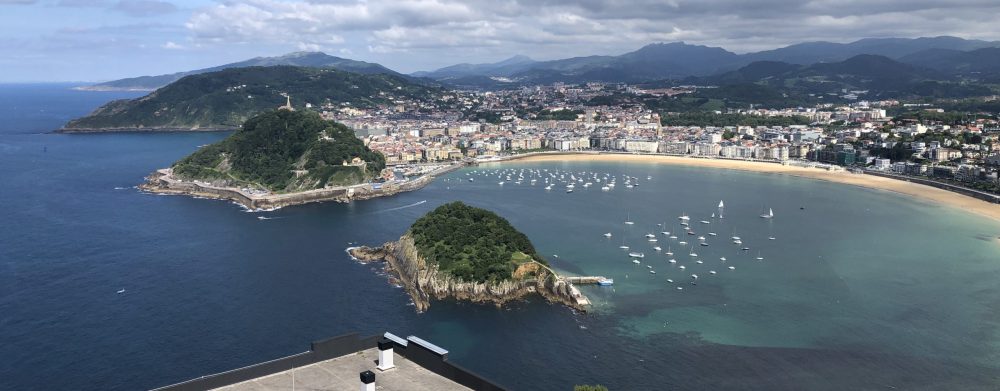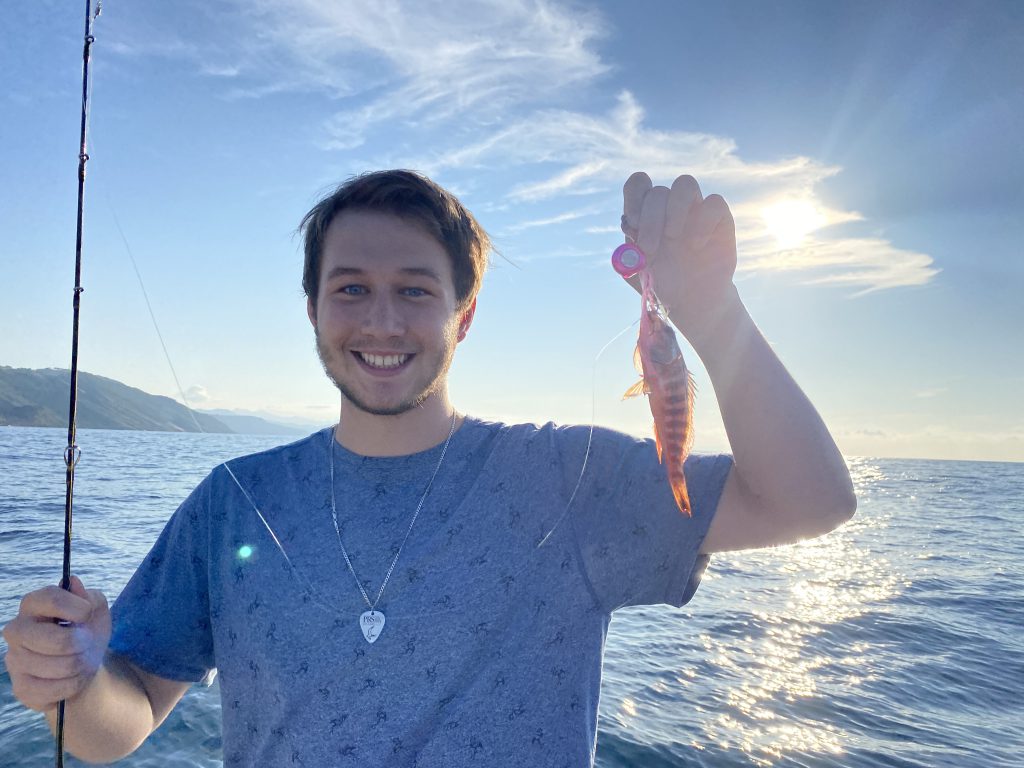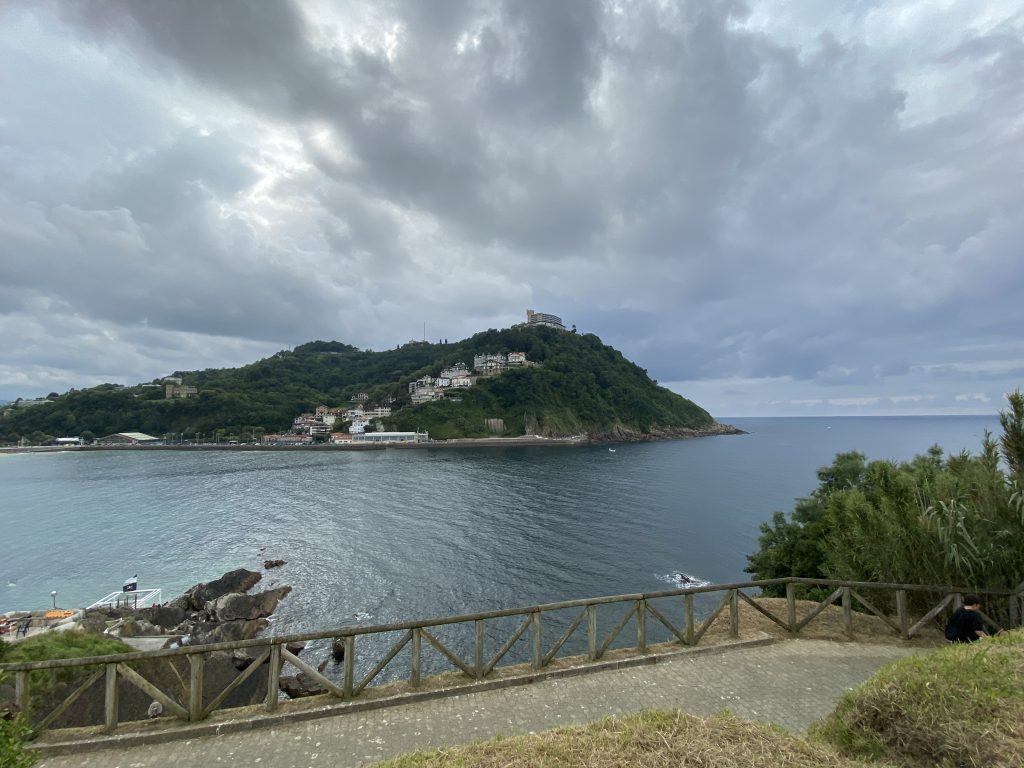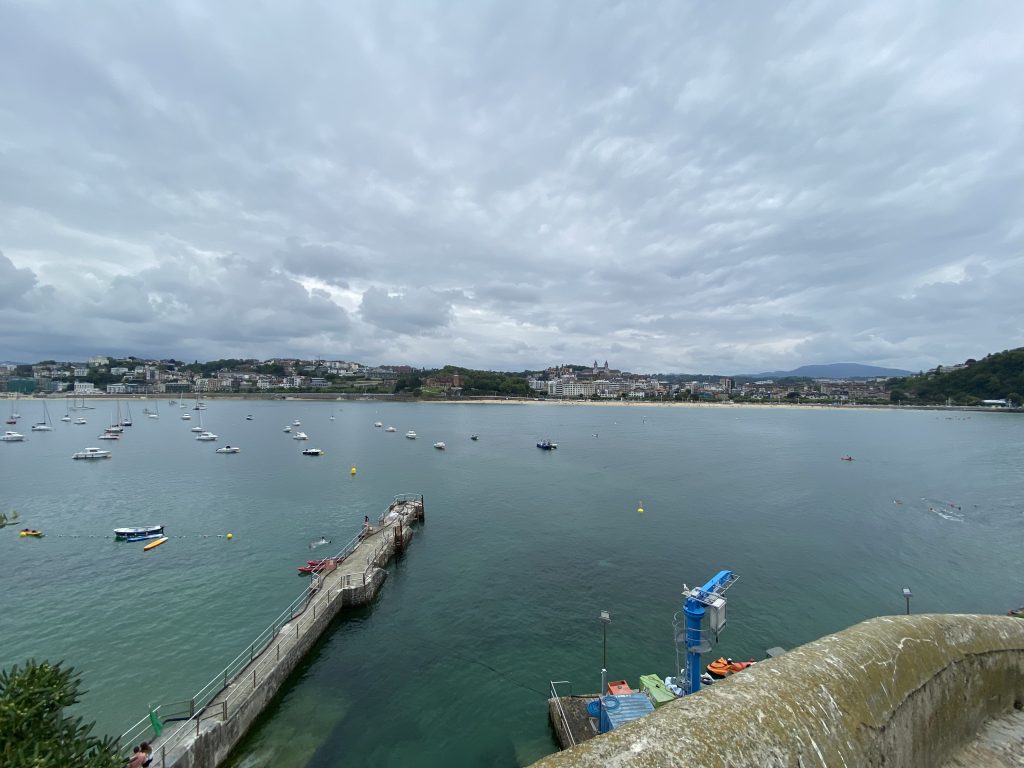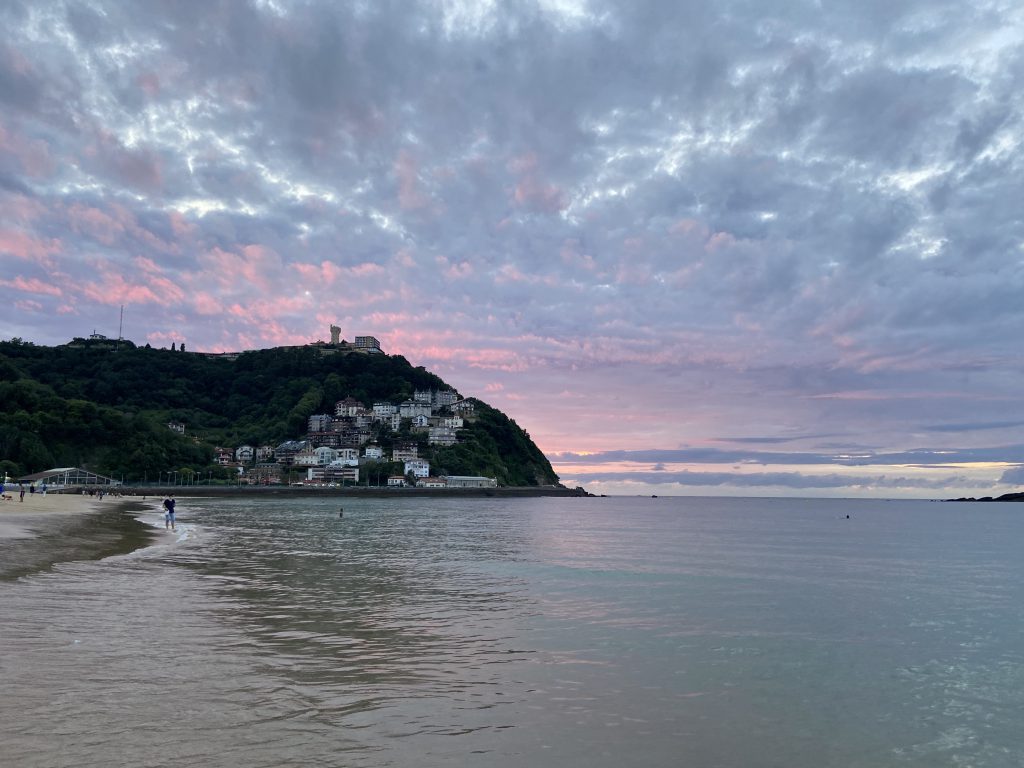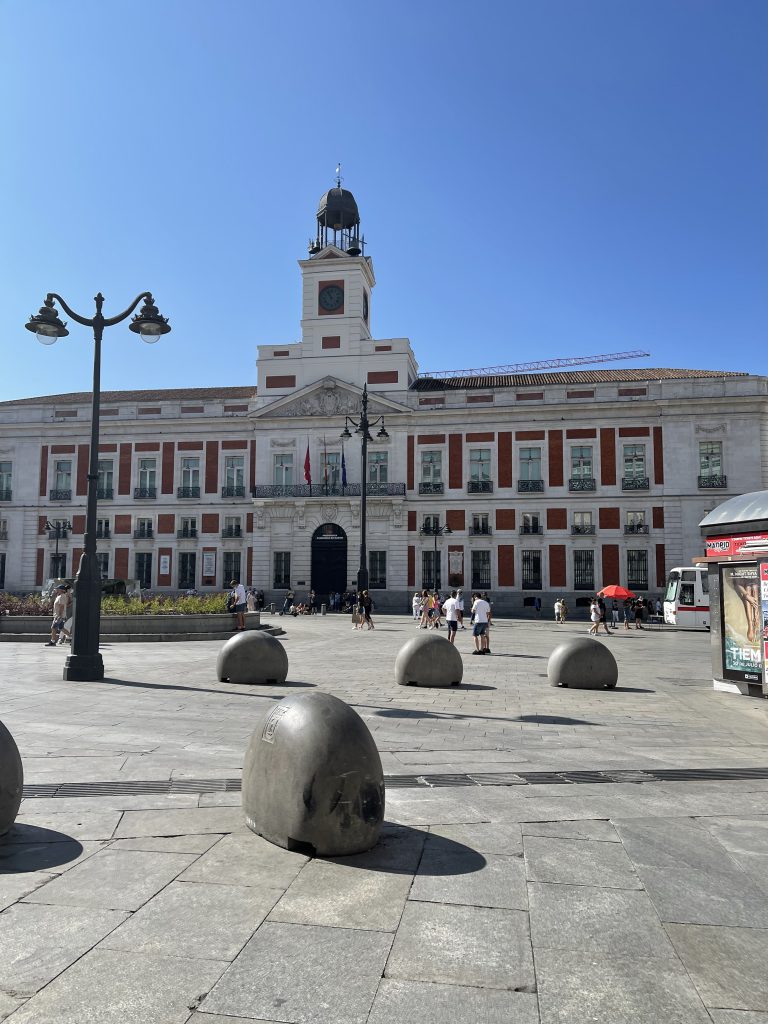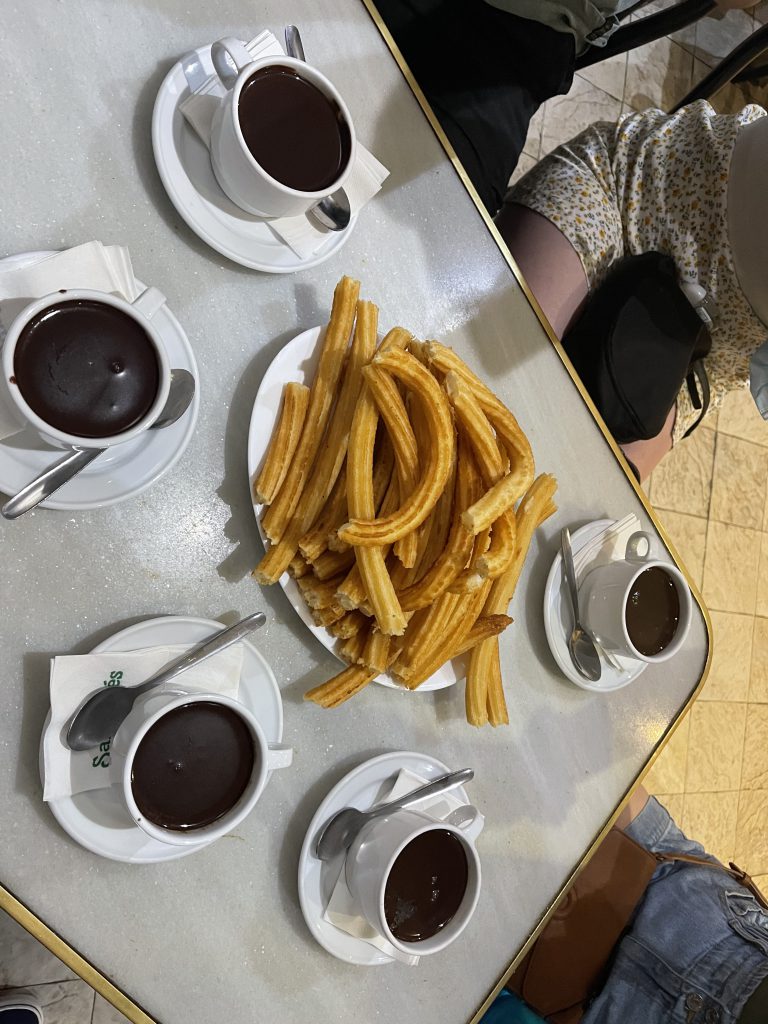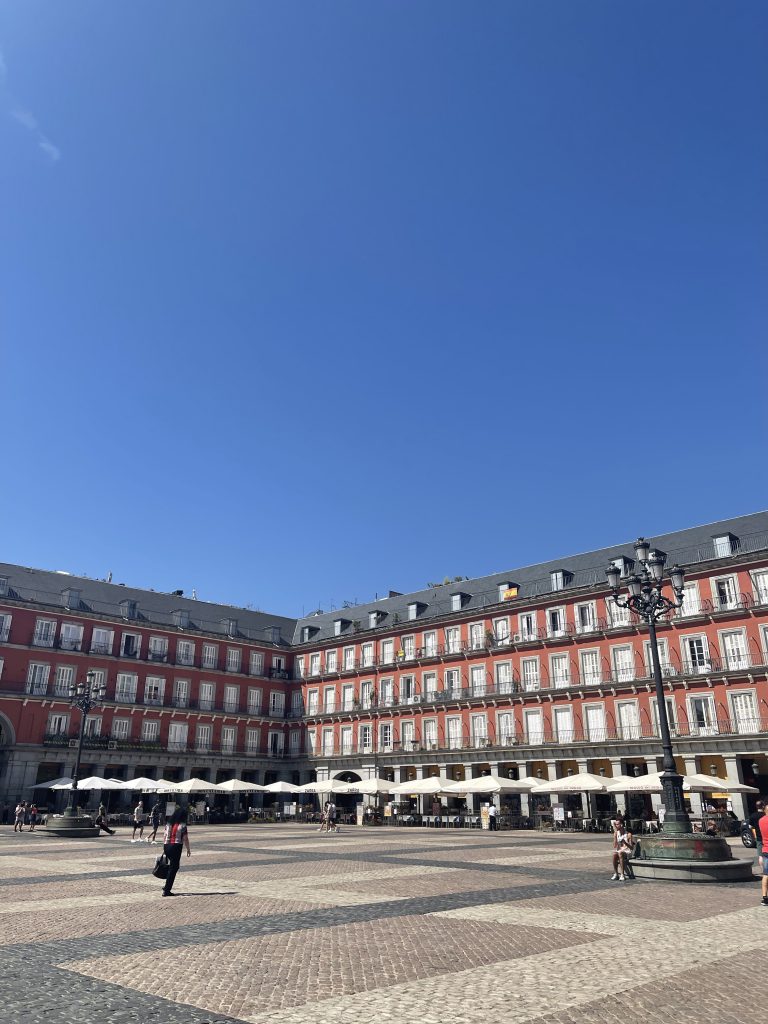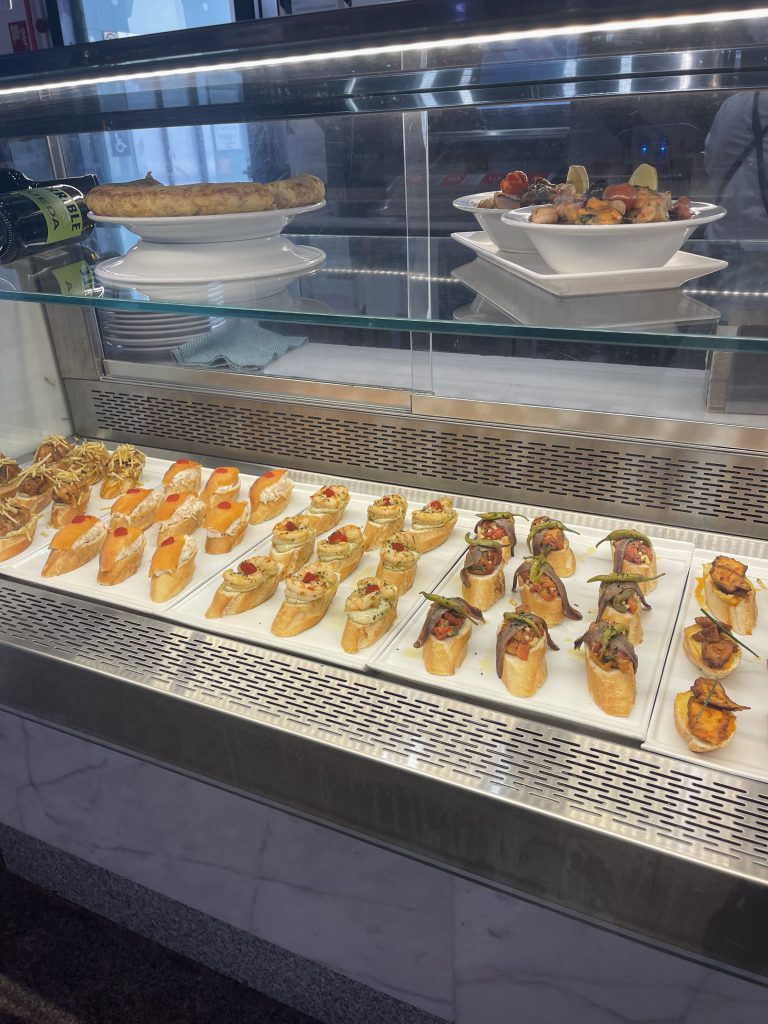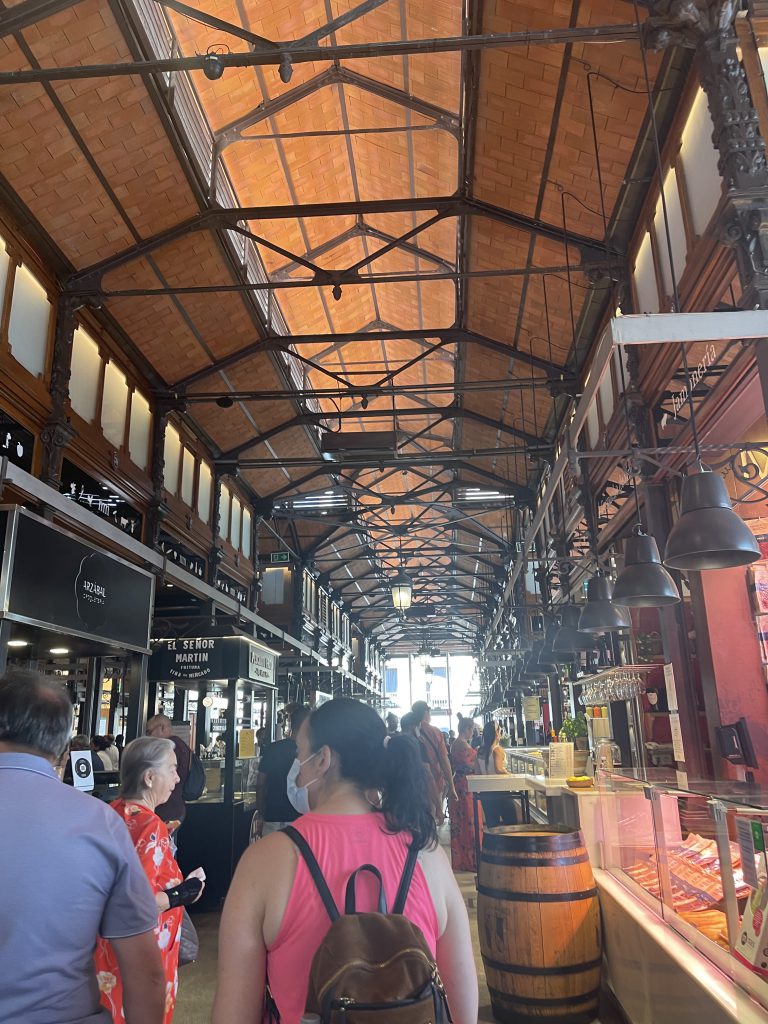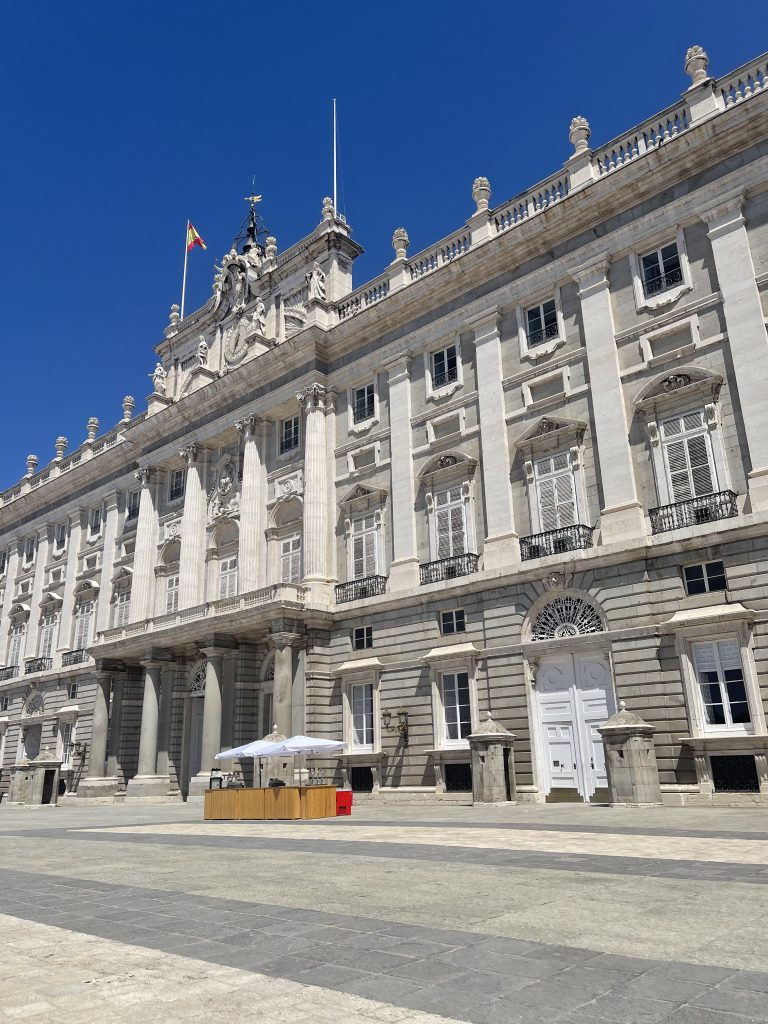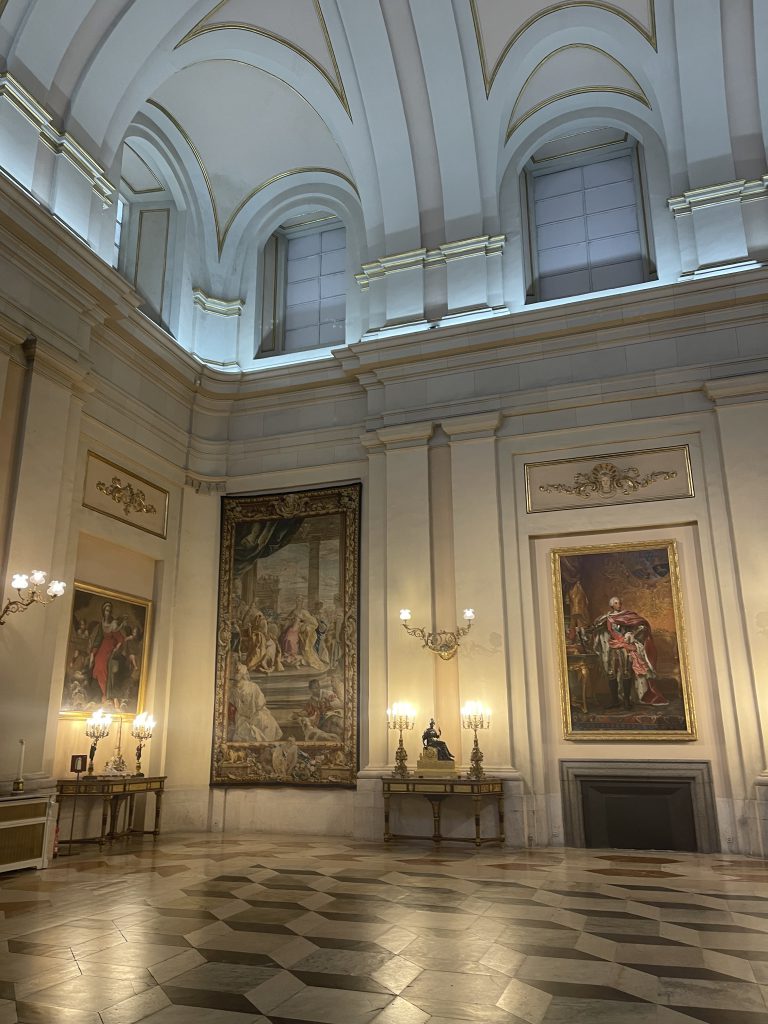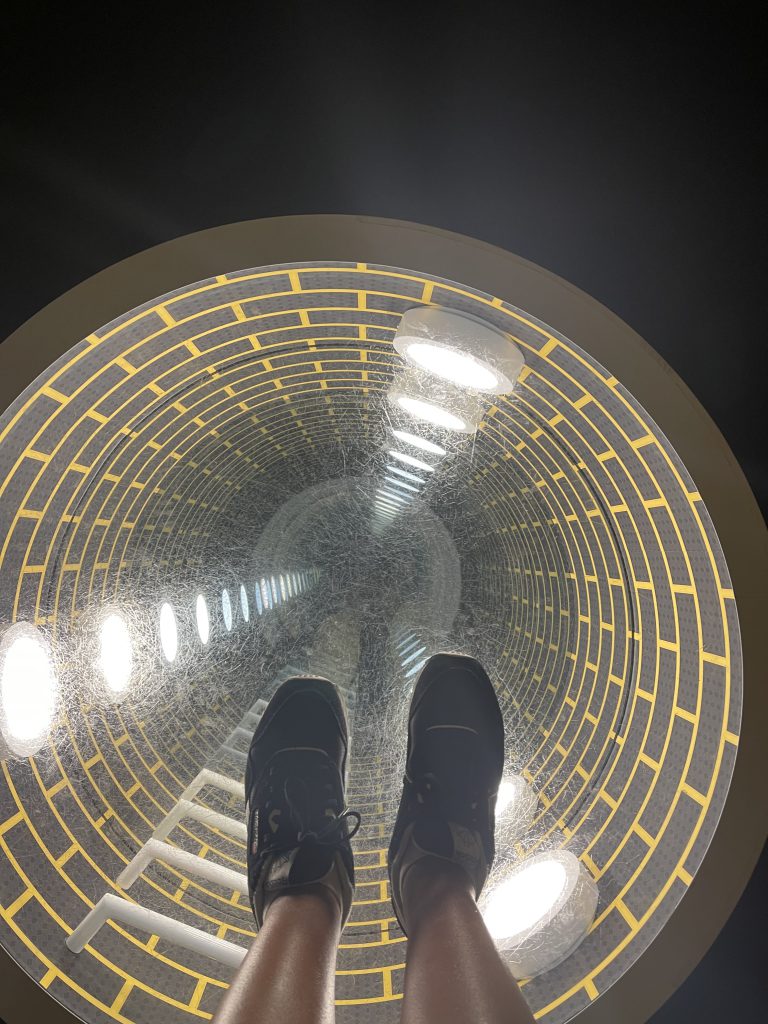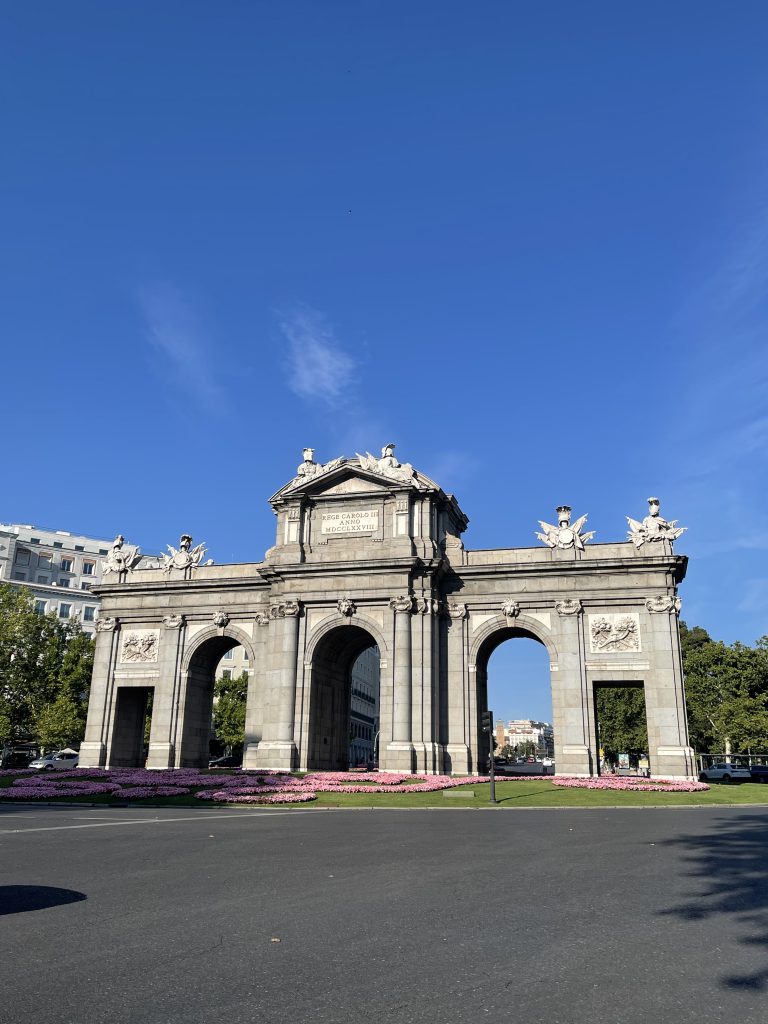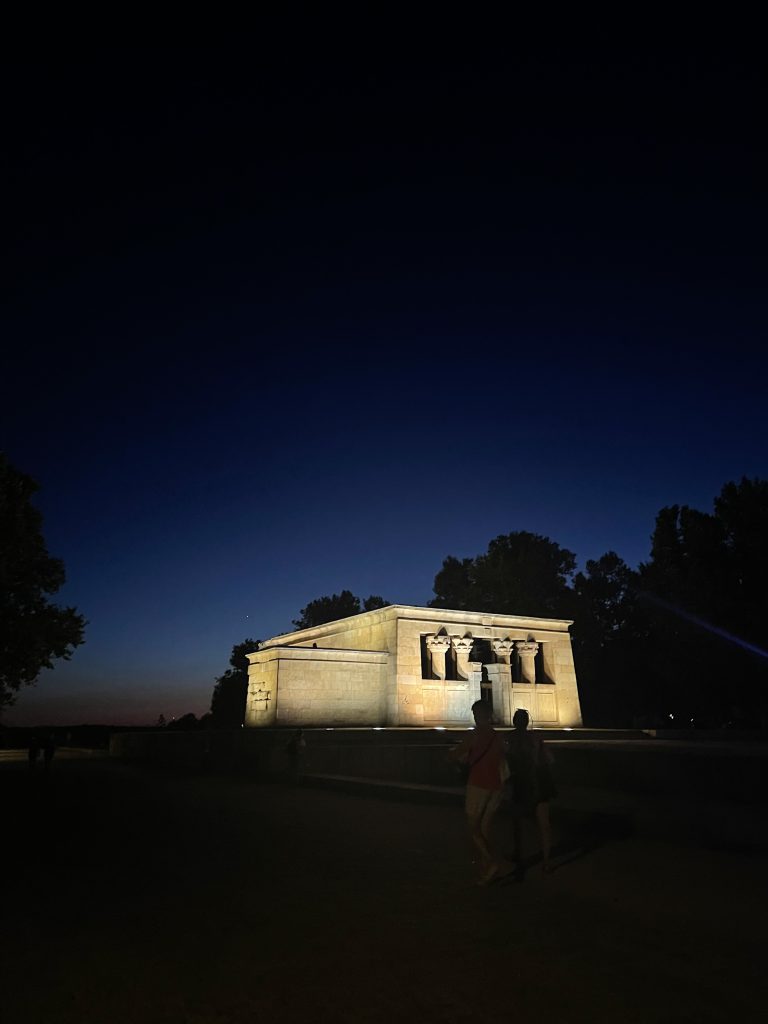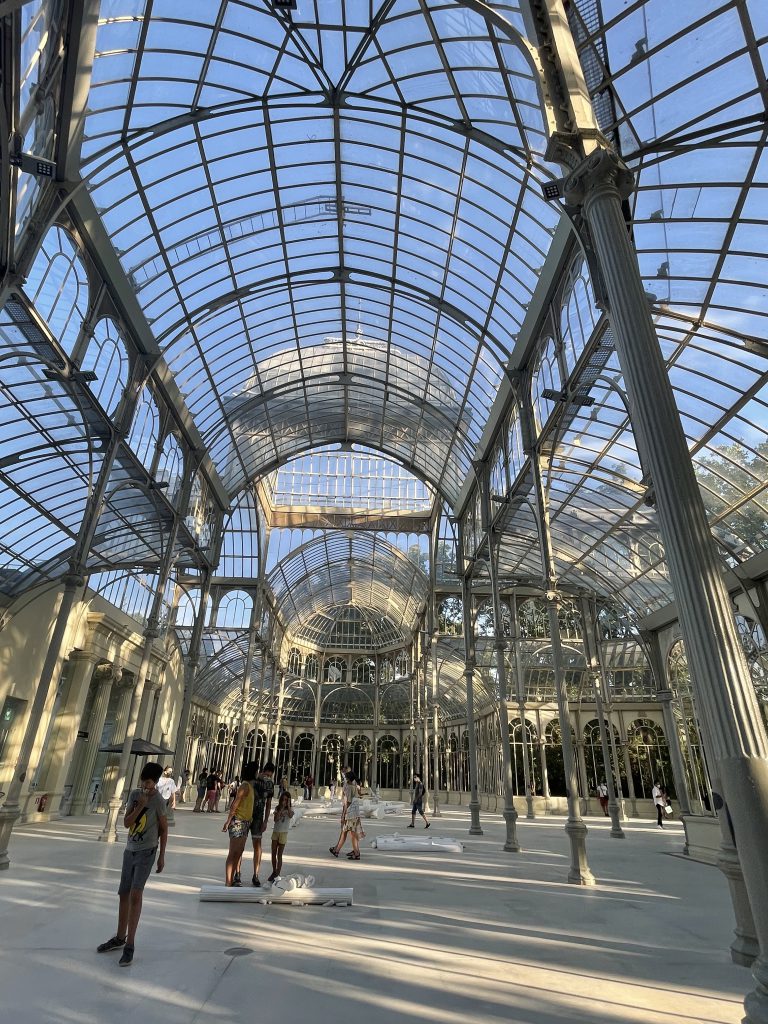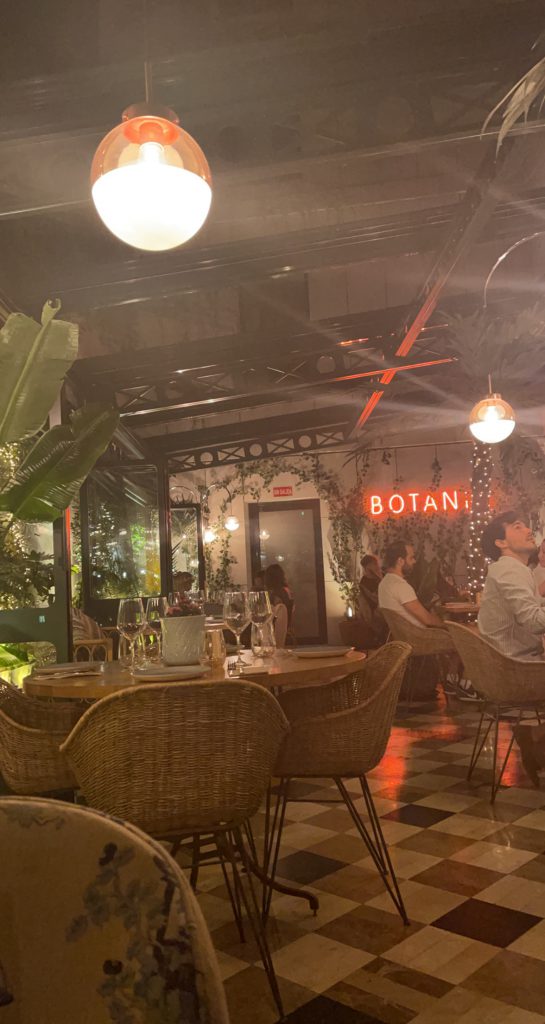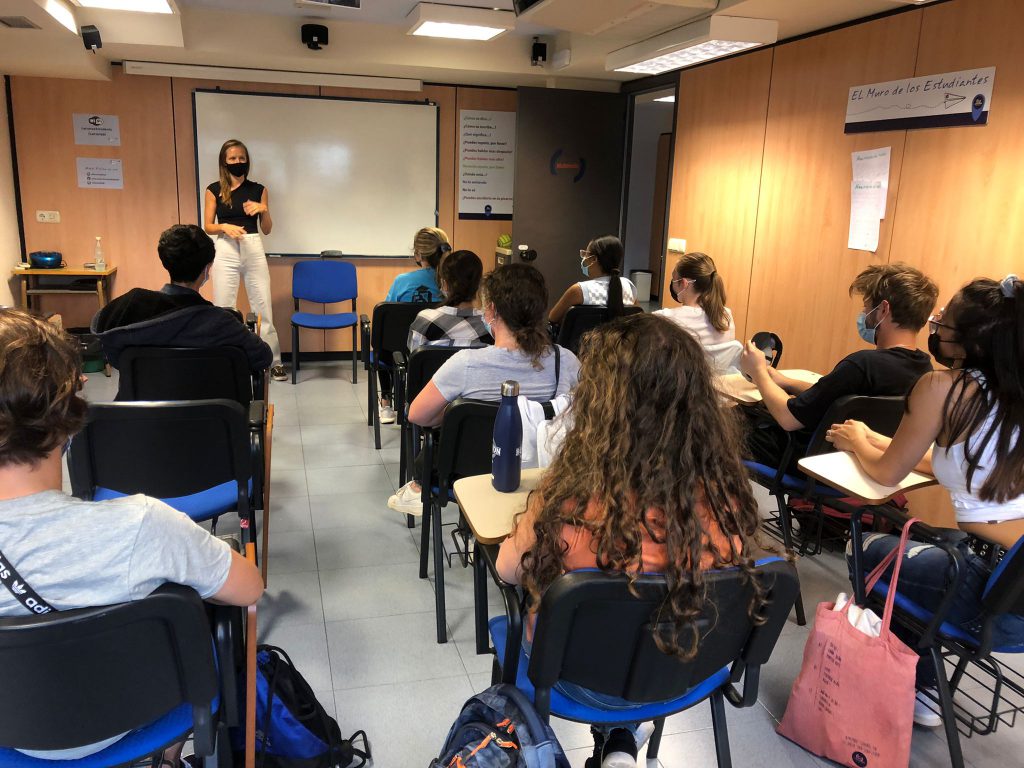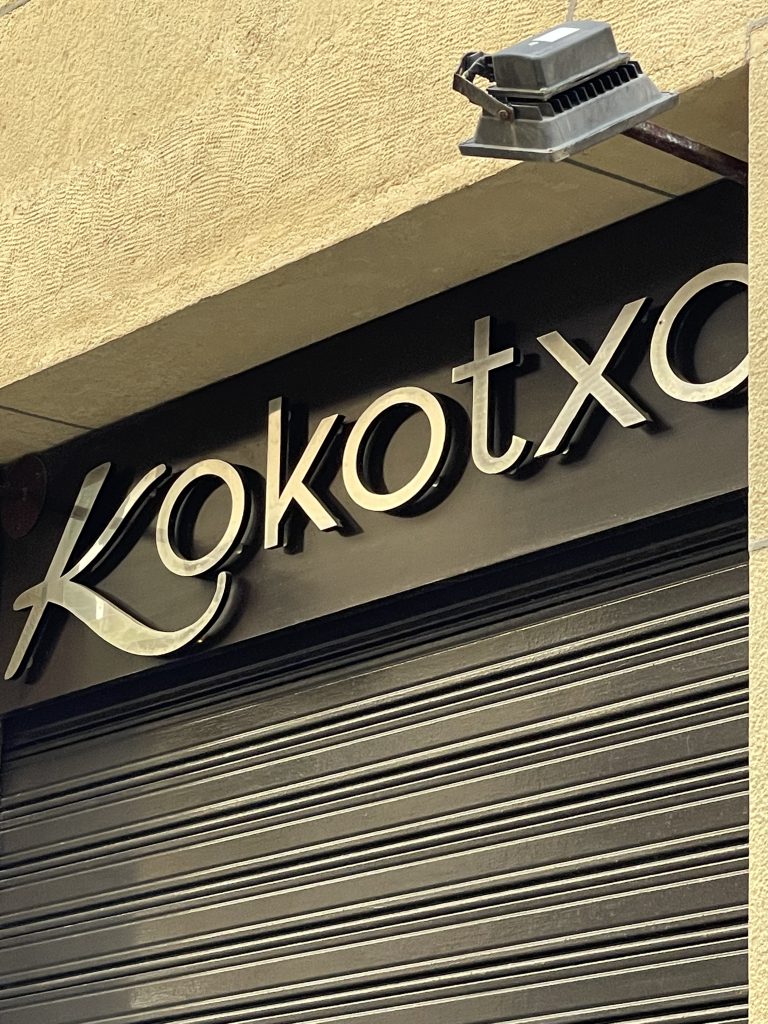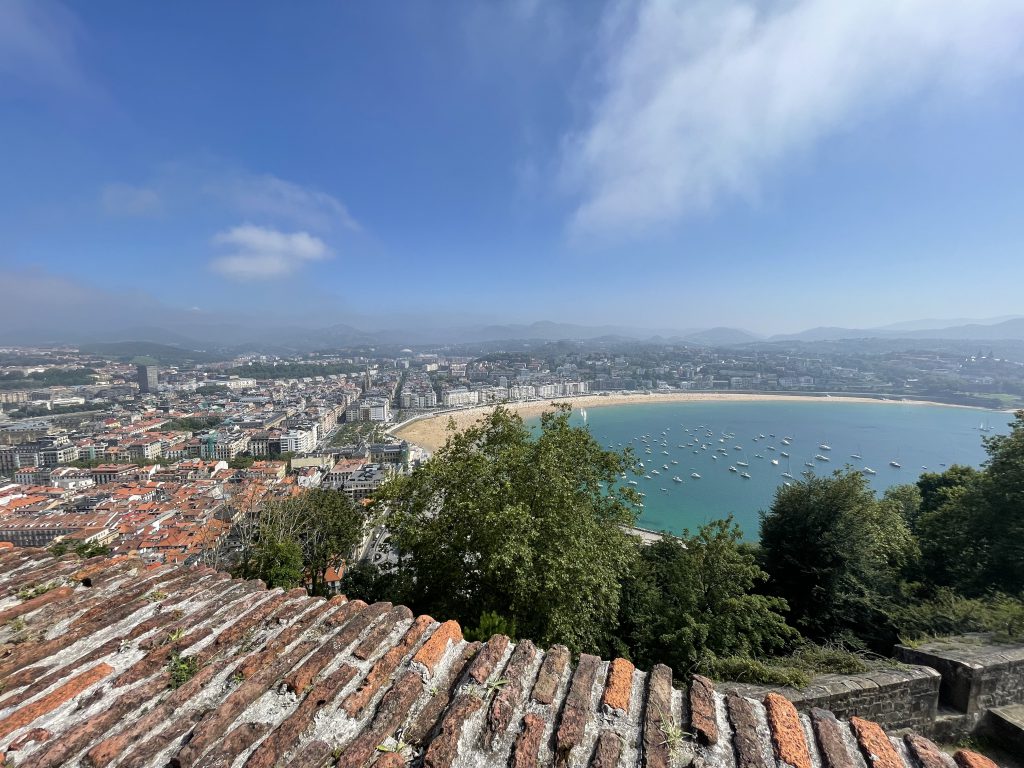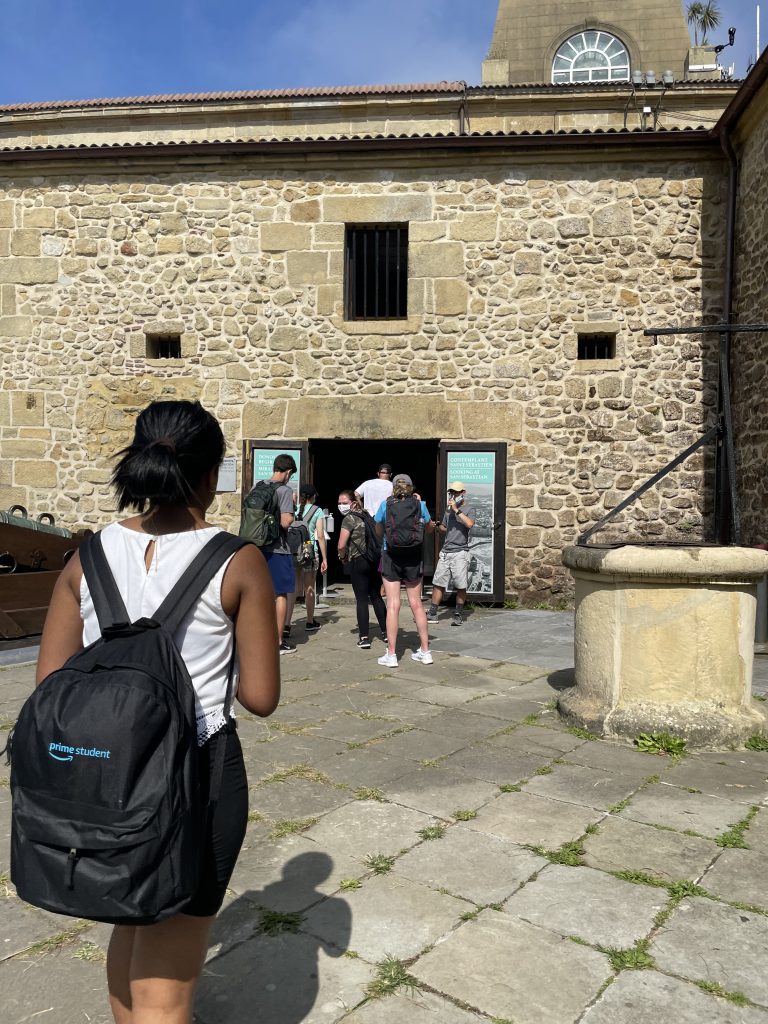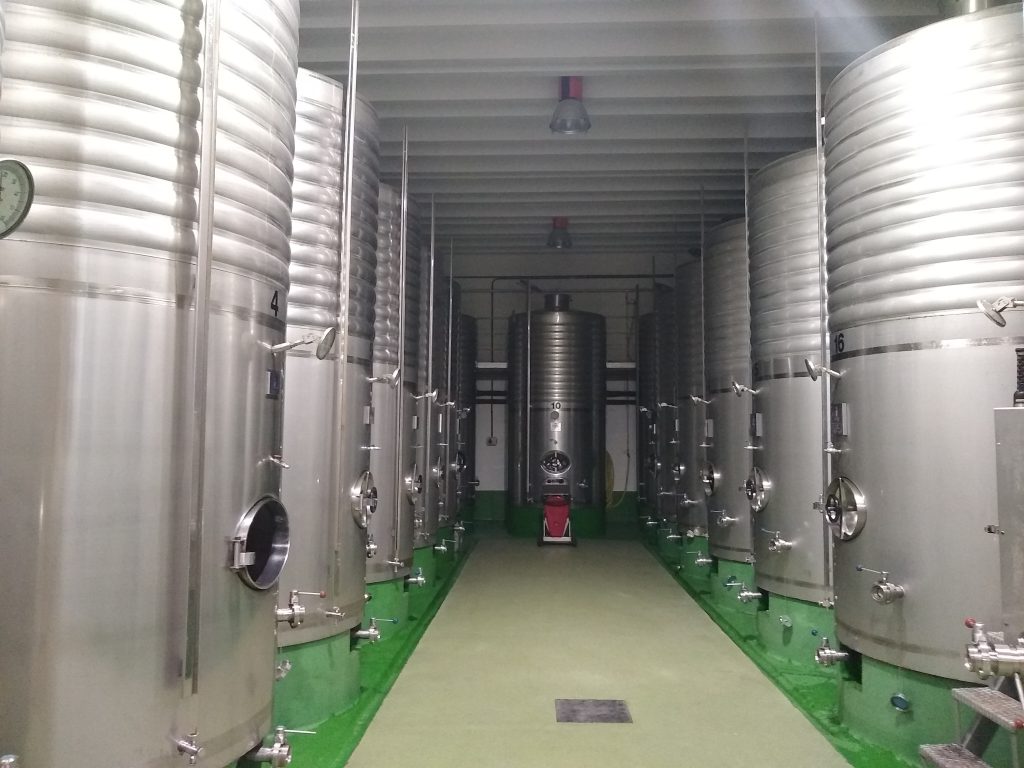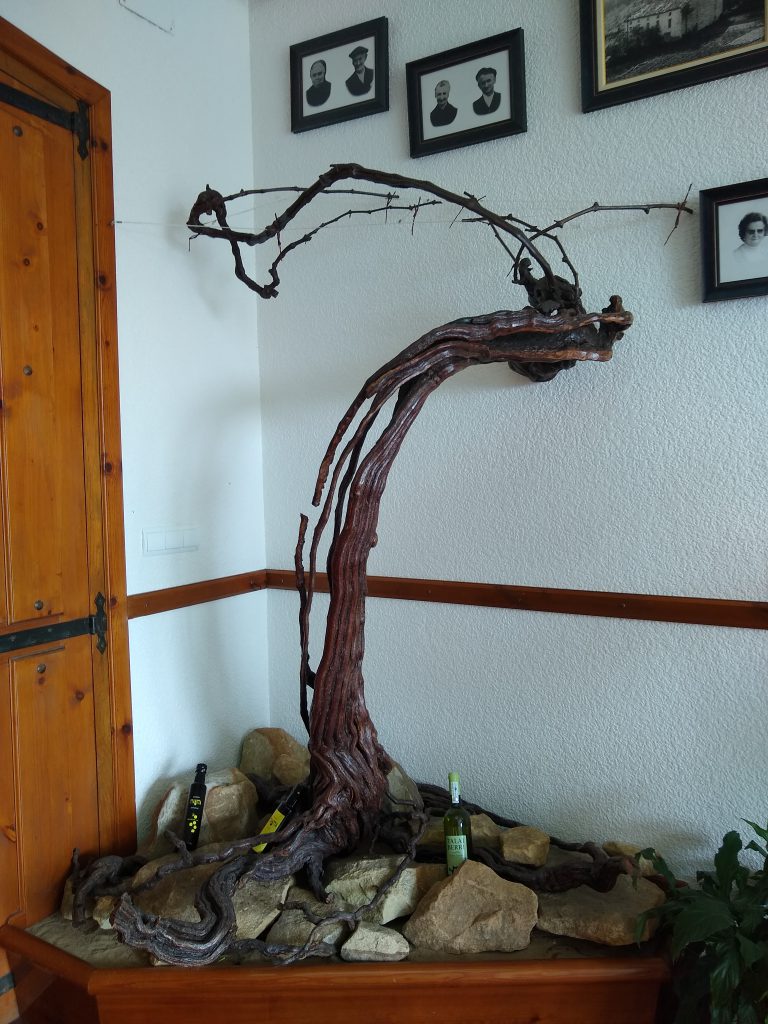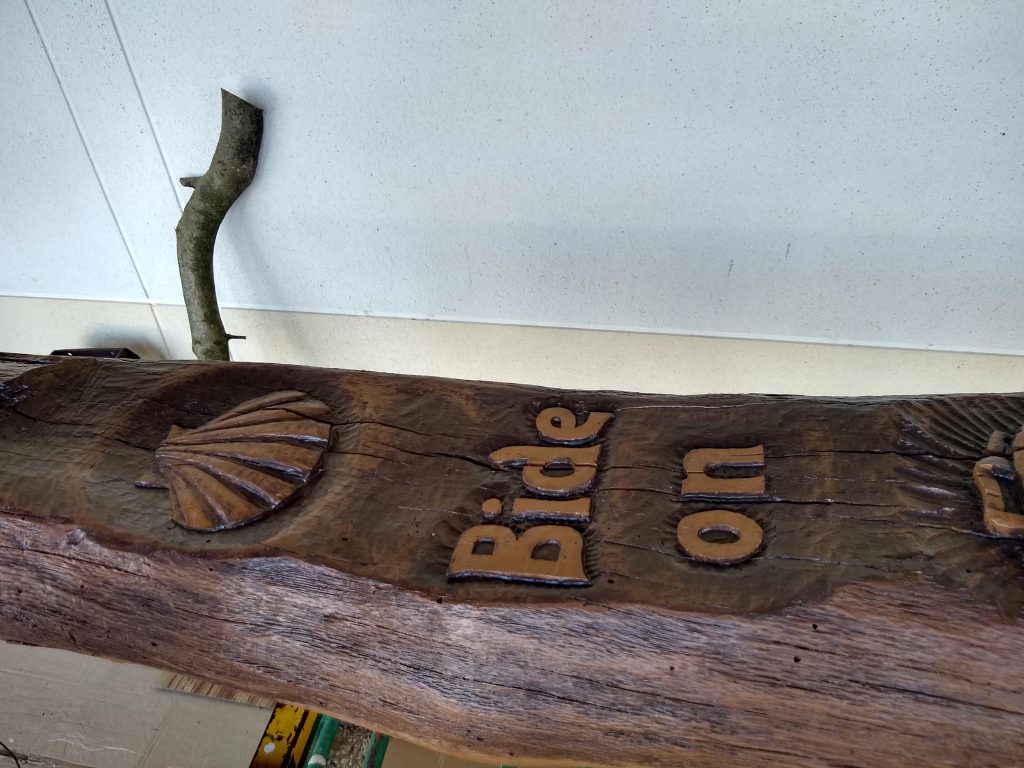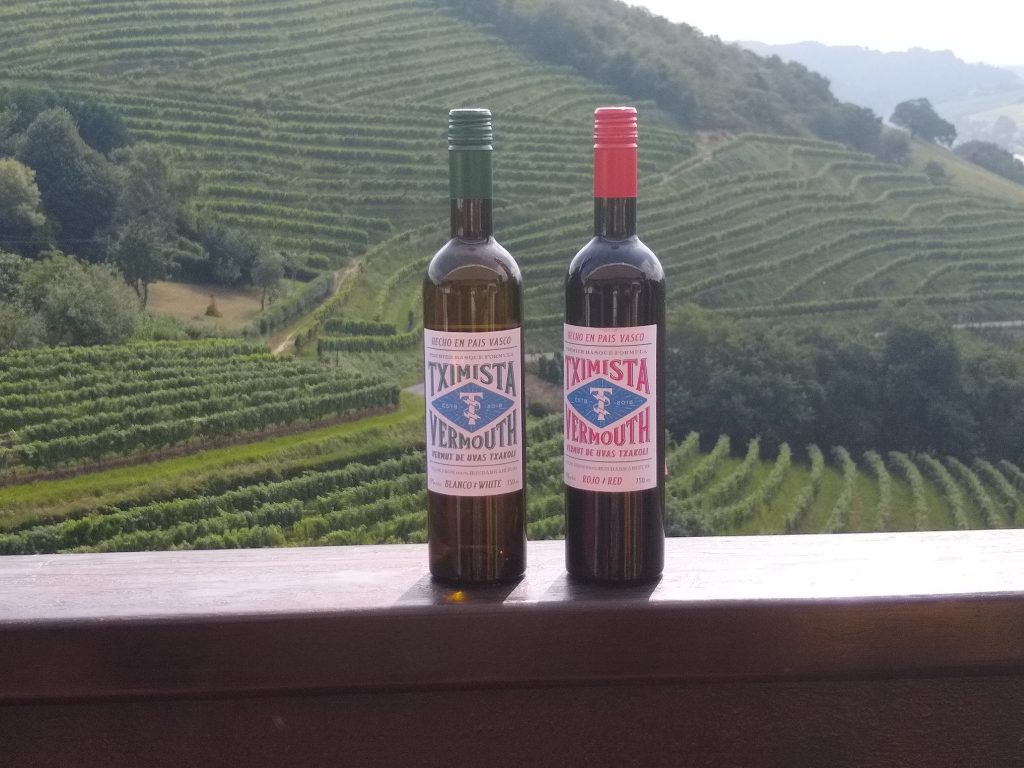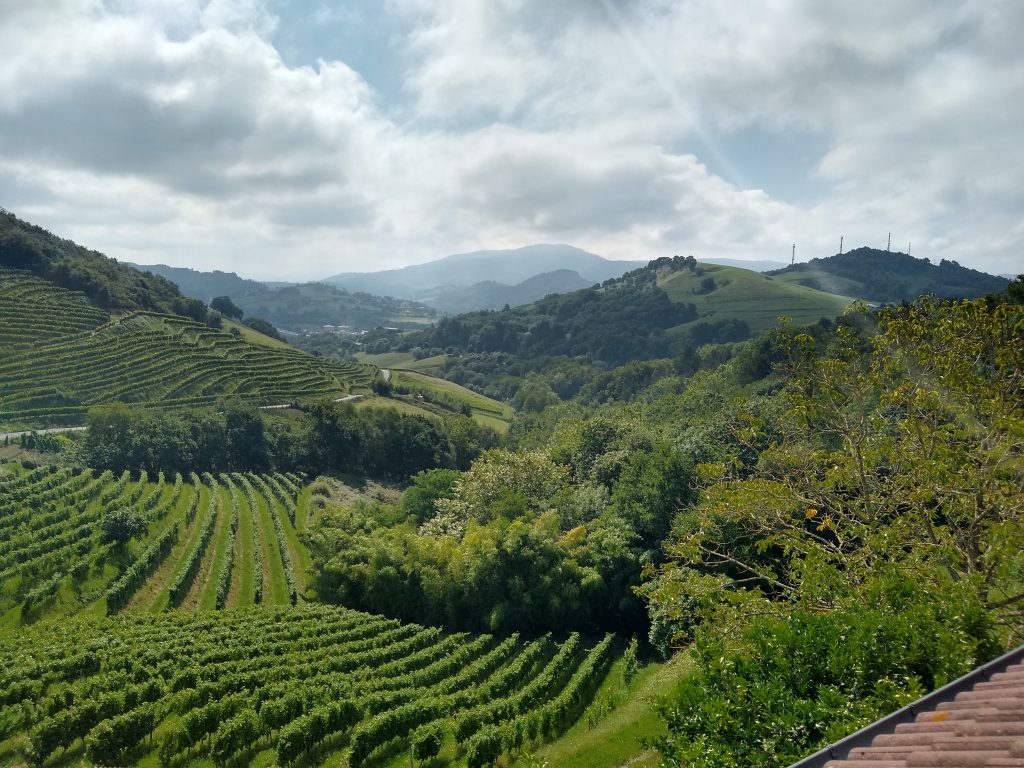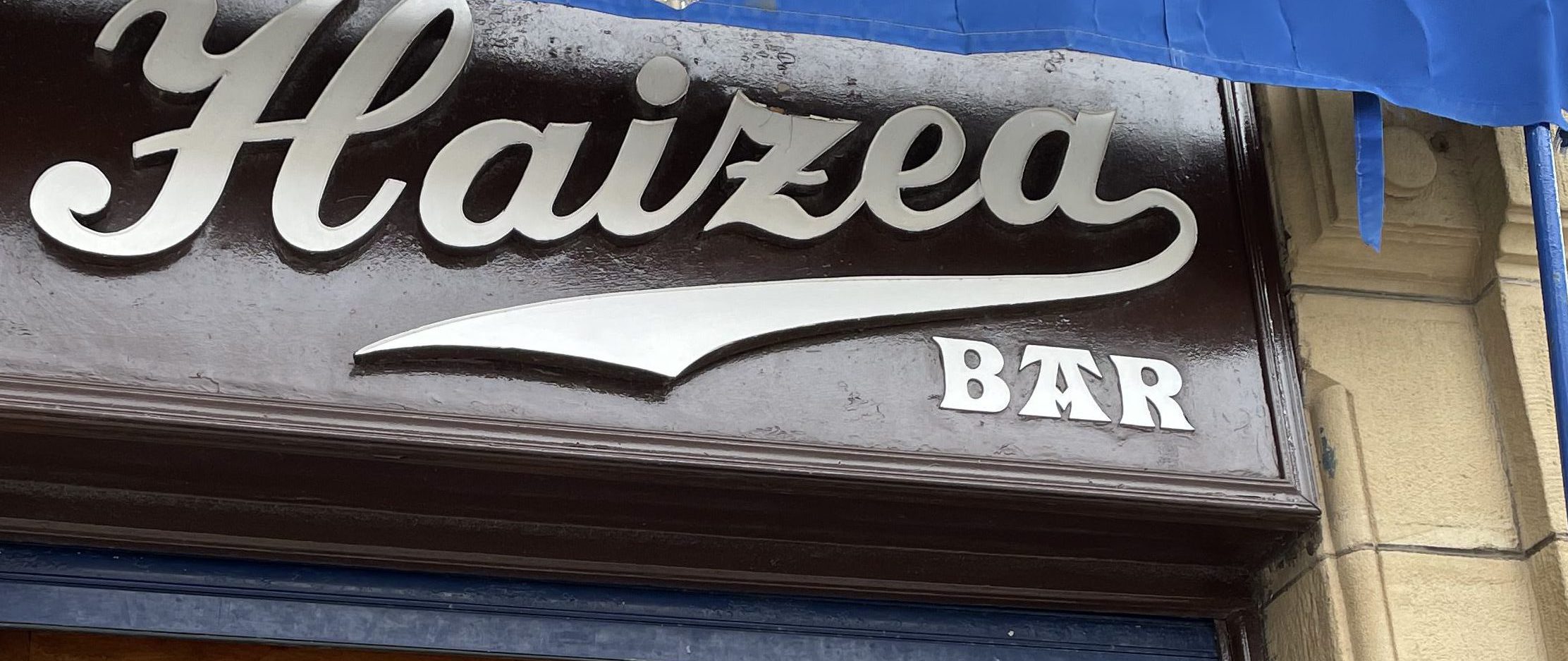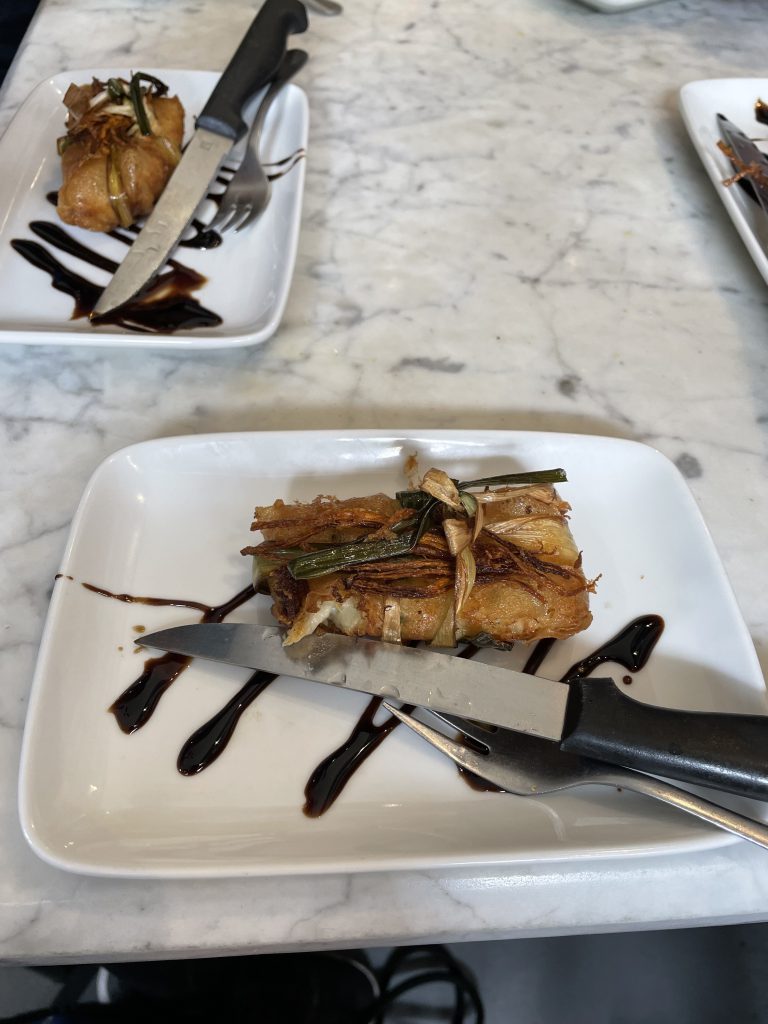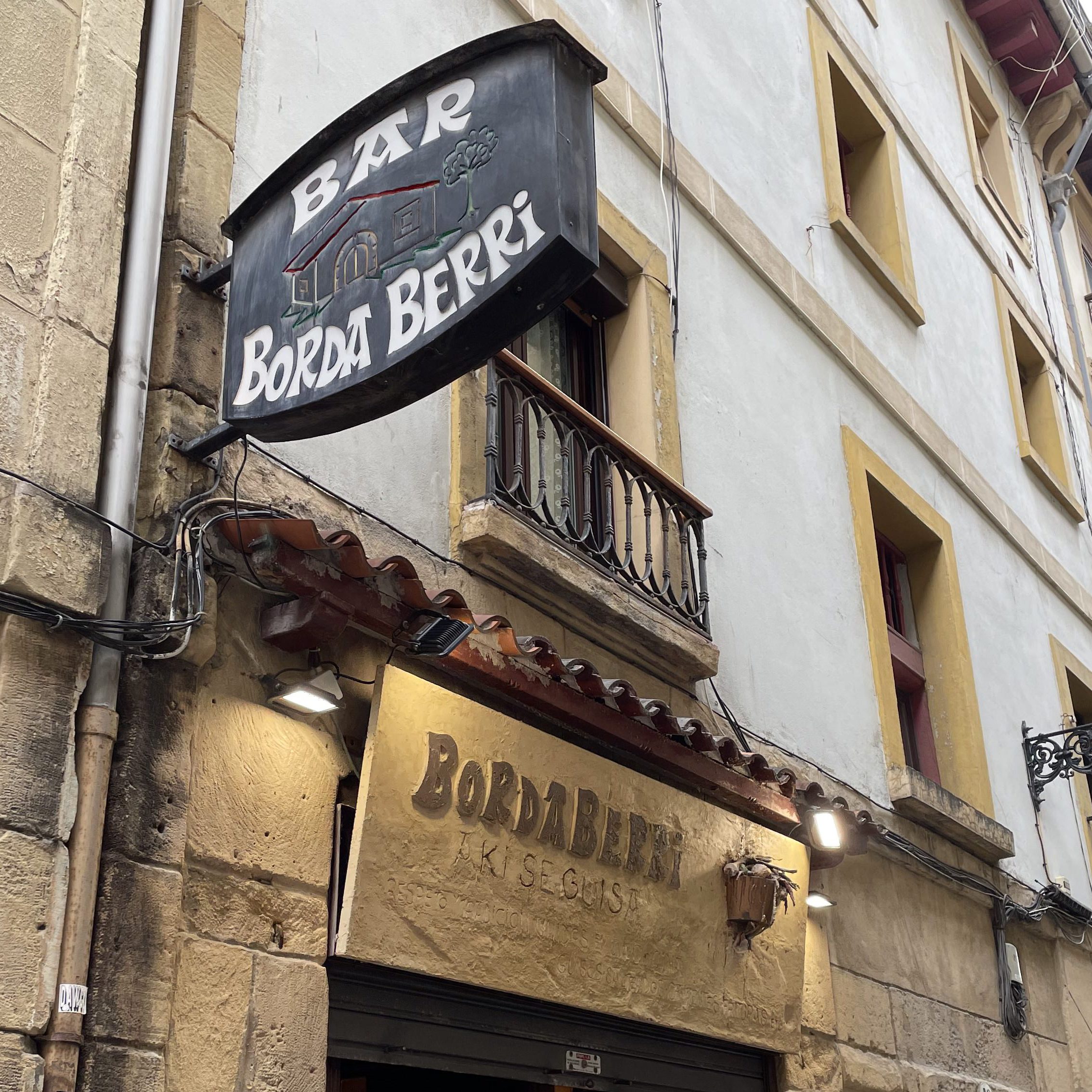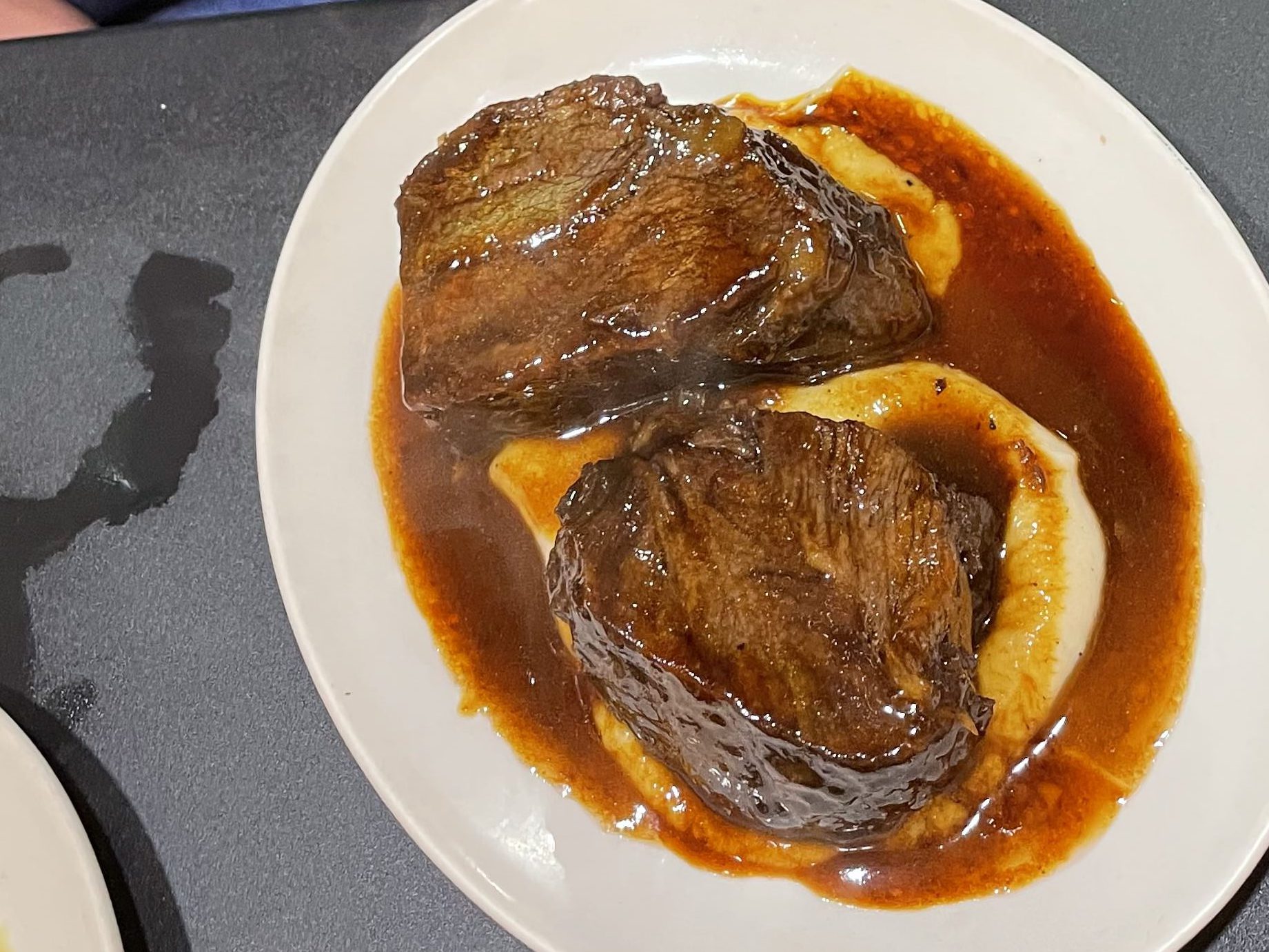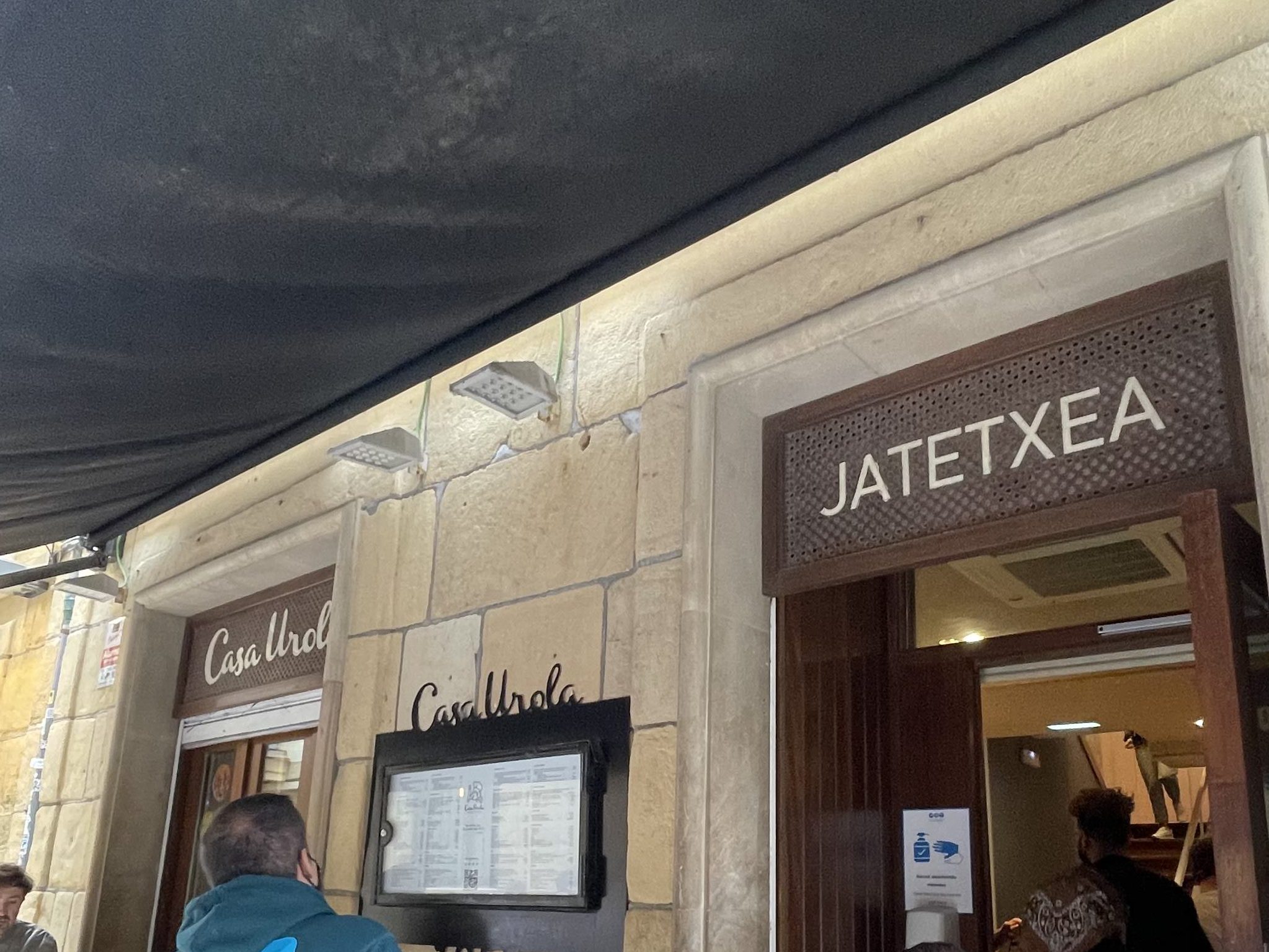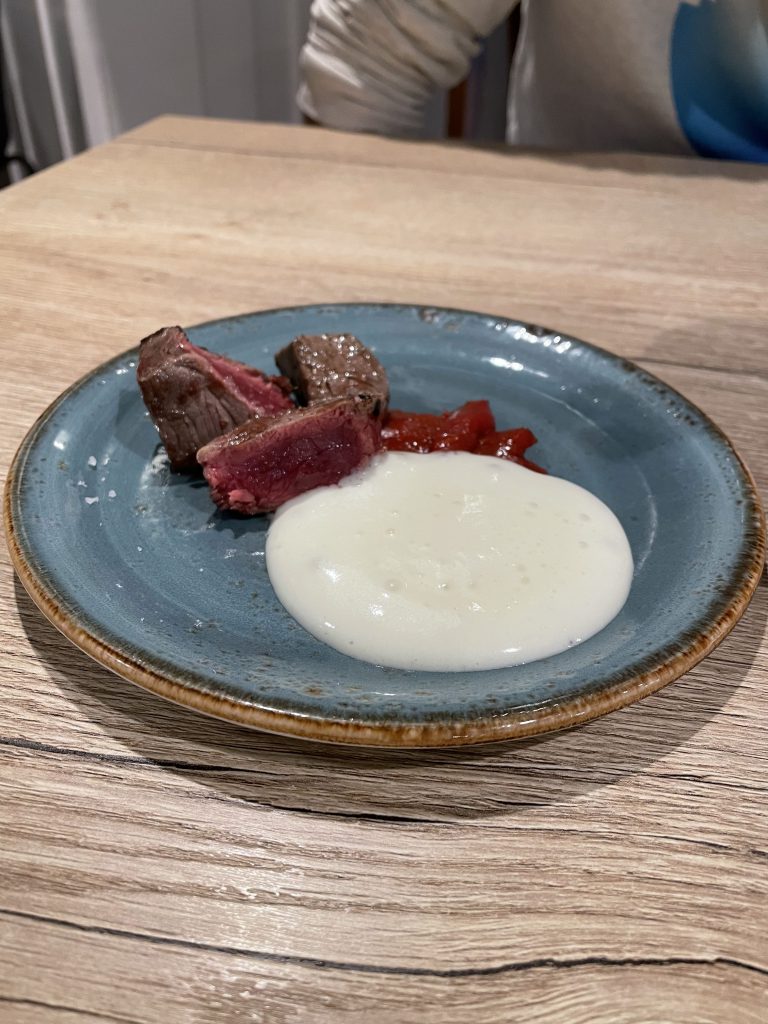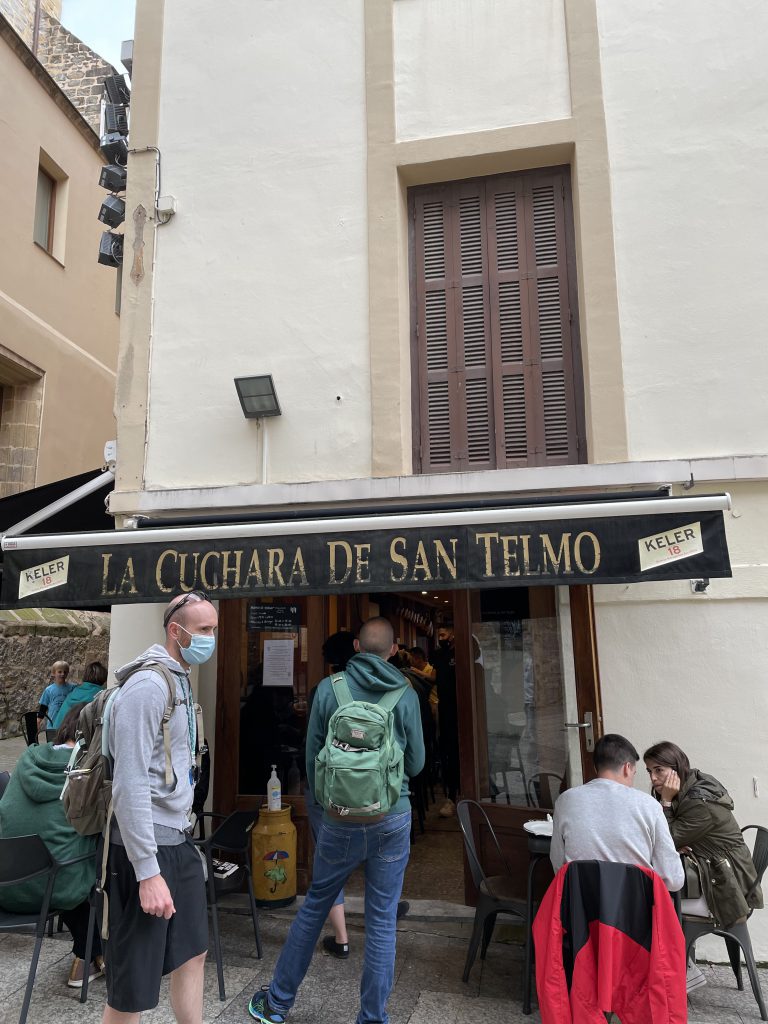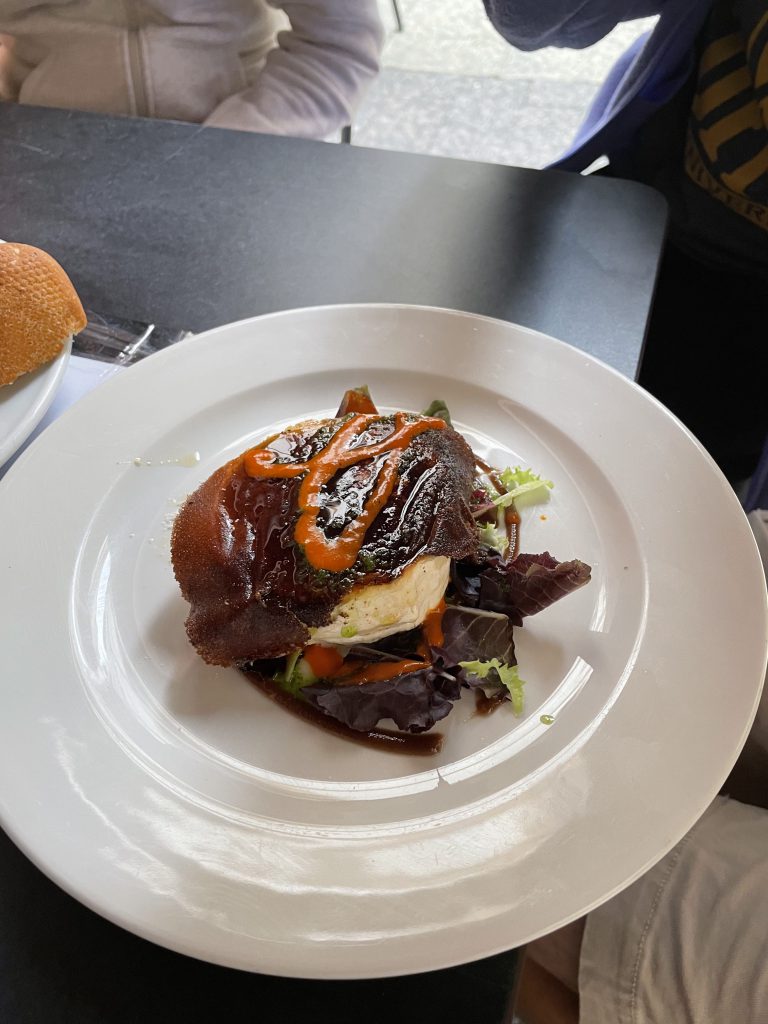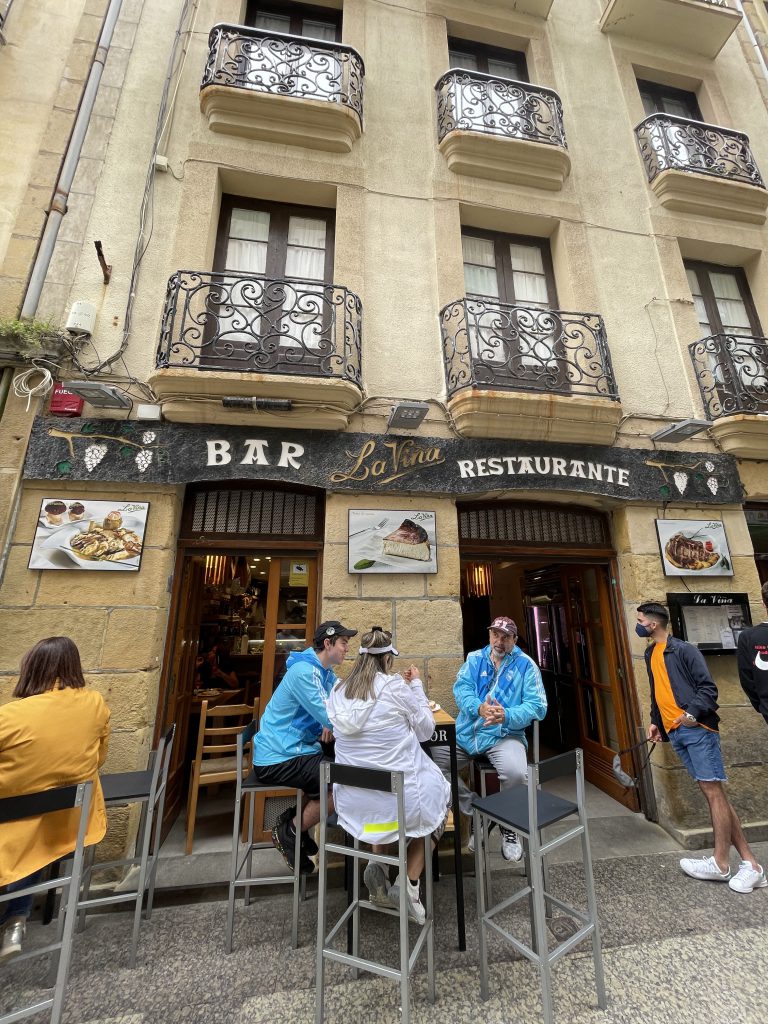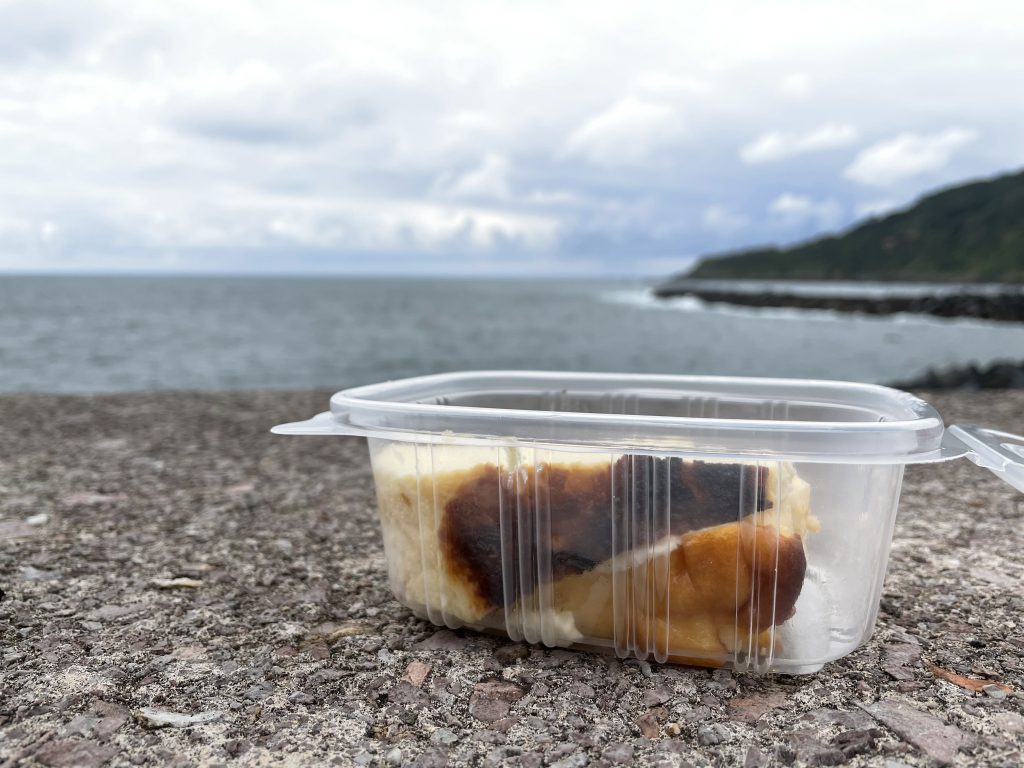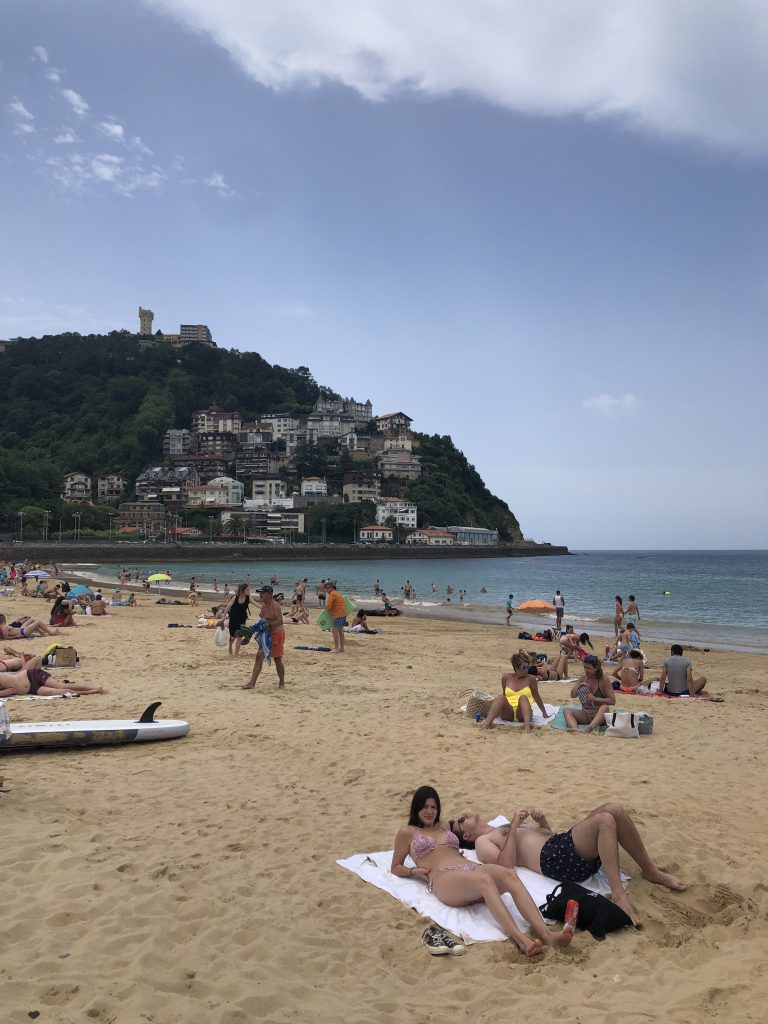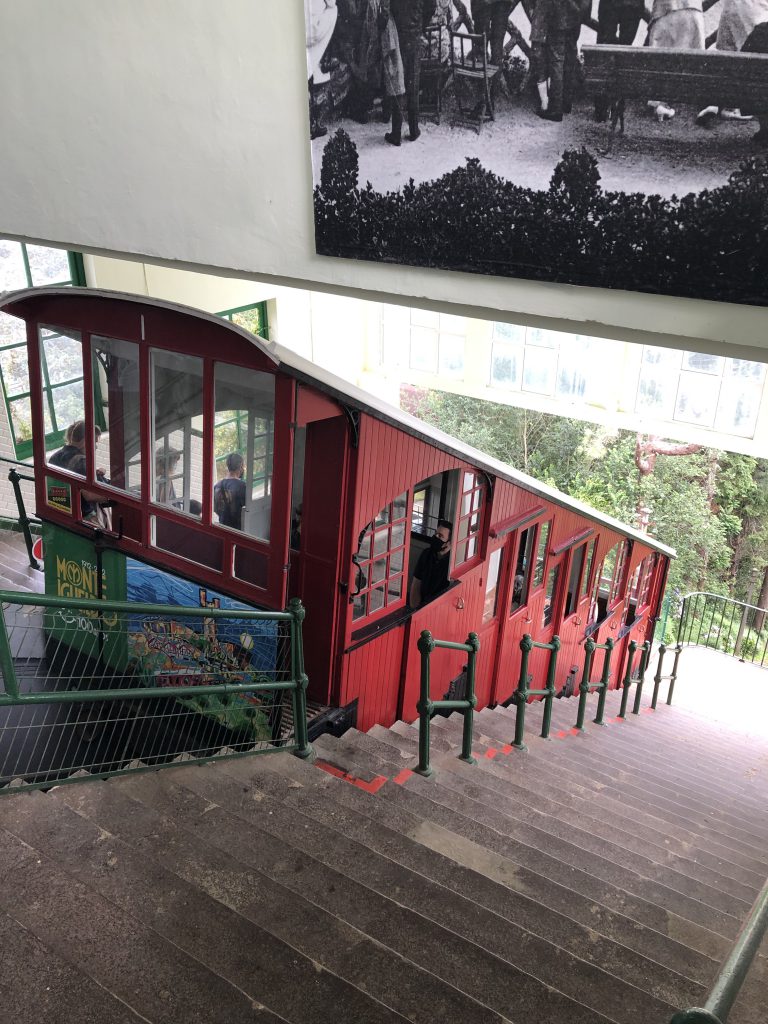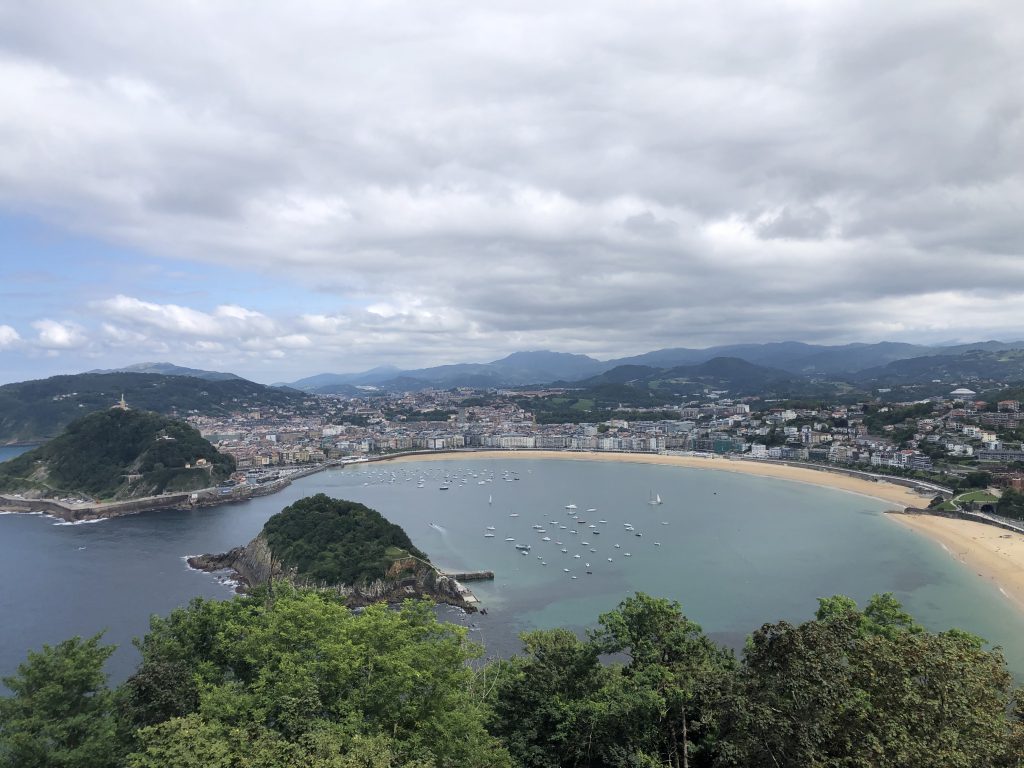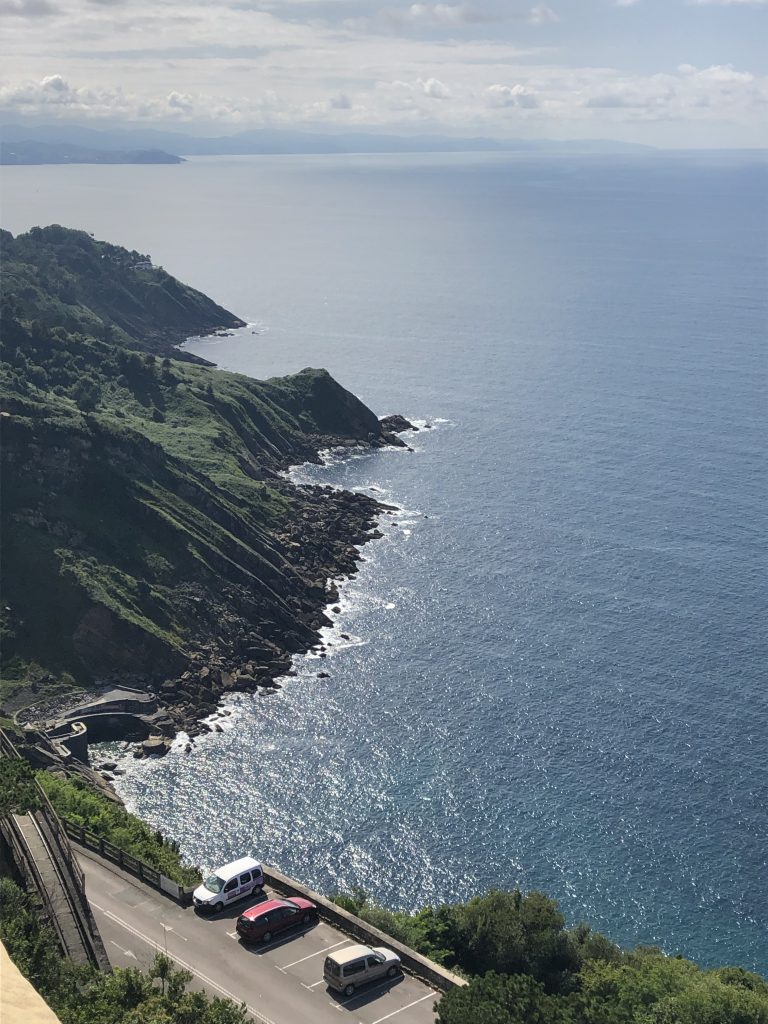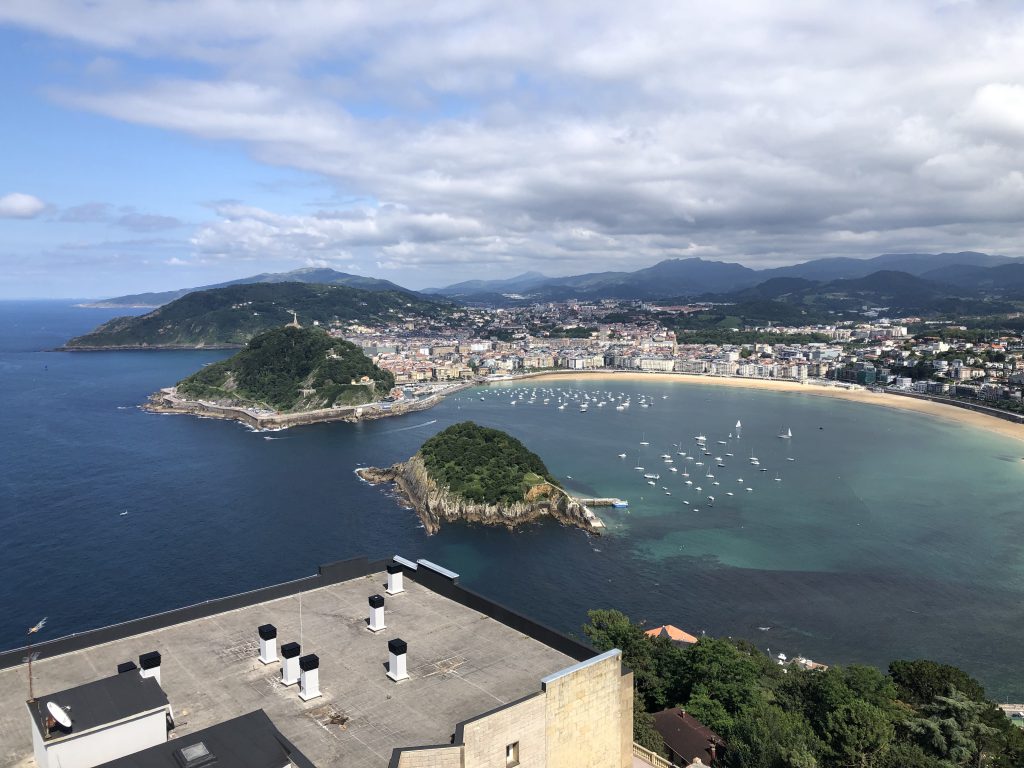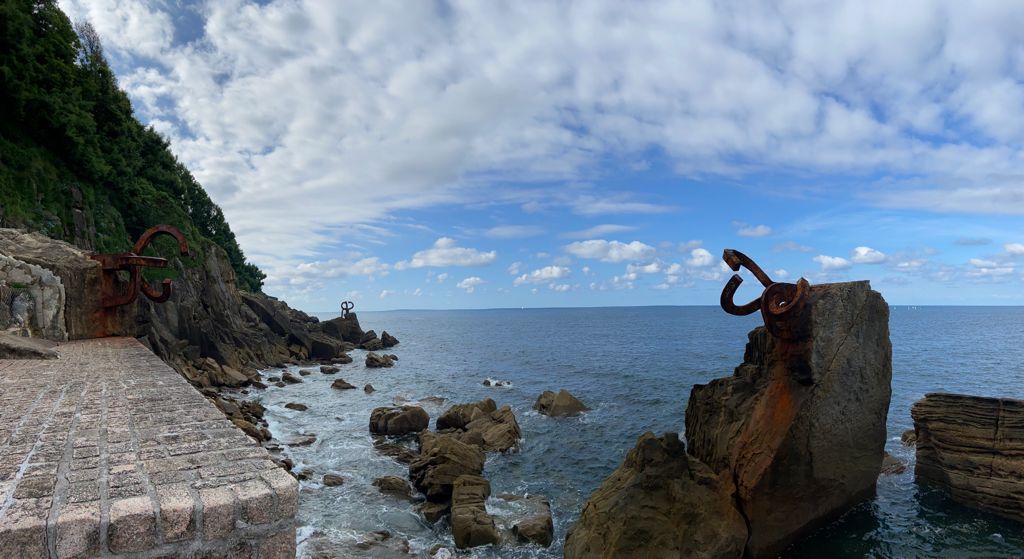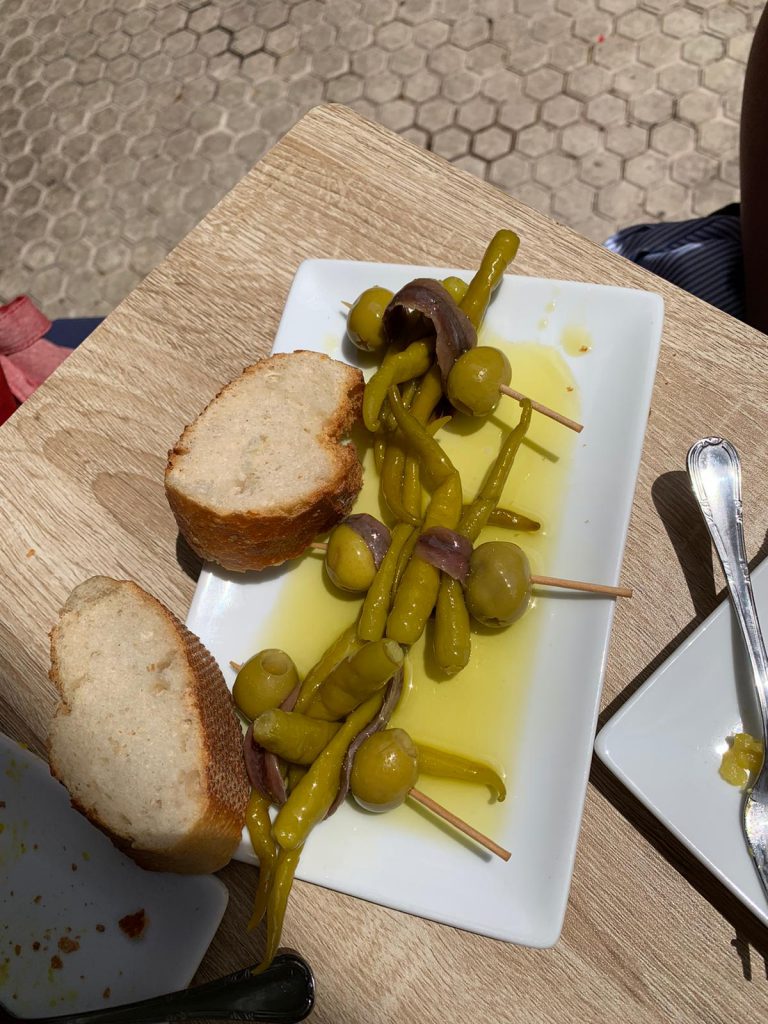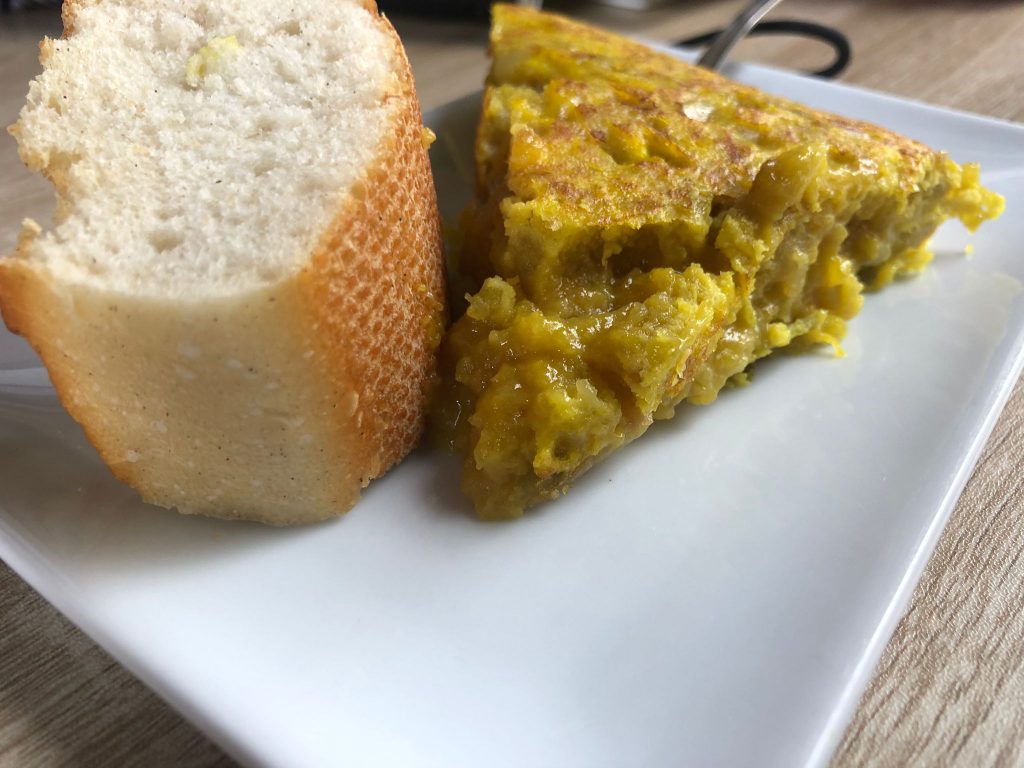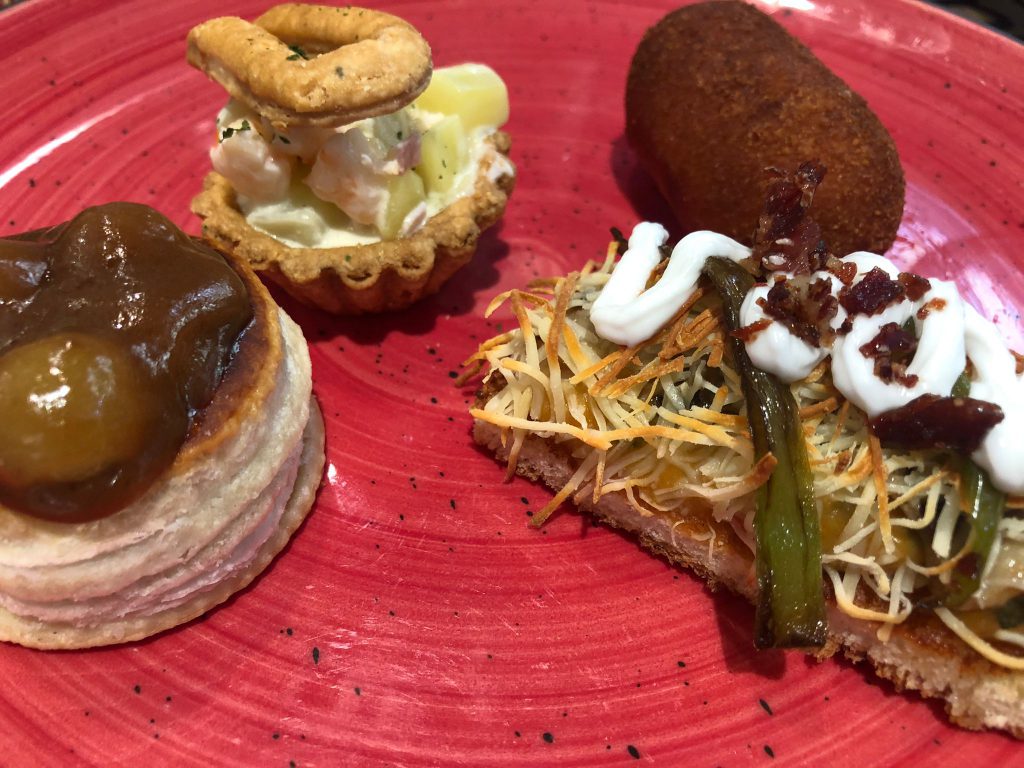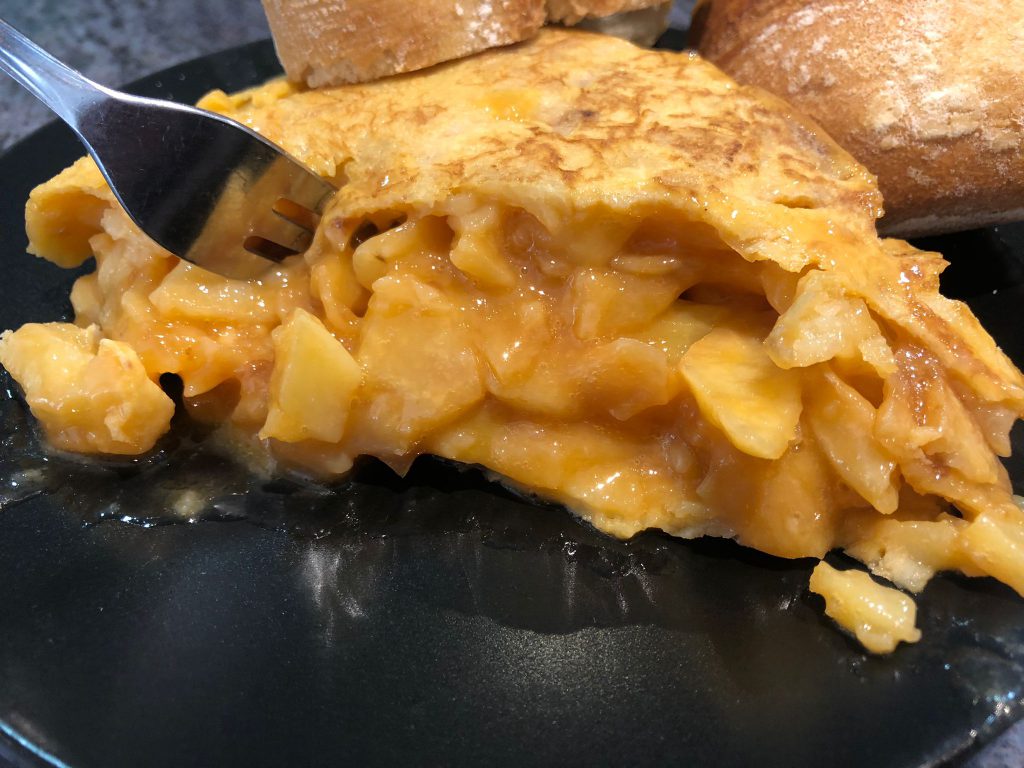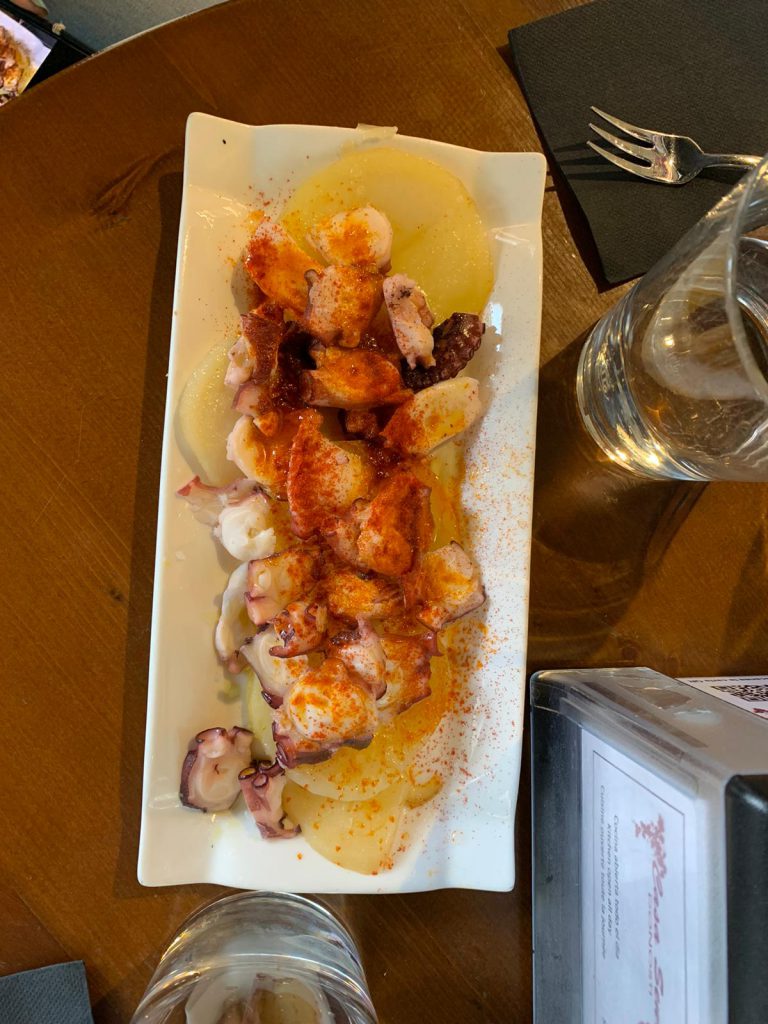When I chose to write about our entire time in San Sebastian, I thought I had it easy. “So many things to write about, it will be so easy to fulfill the word count,” I had thought. Yet as I sit here writing this post, I am realizing that this is no easy task. It’s not a question of how I can drag out my sentences and write the minimum, but how I can possibly sum up this life-changing experience in a short blog post. I feel there is no possible way to do this trip any justice in words and pictures. But I guess I can try.
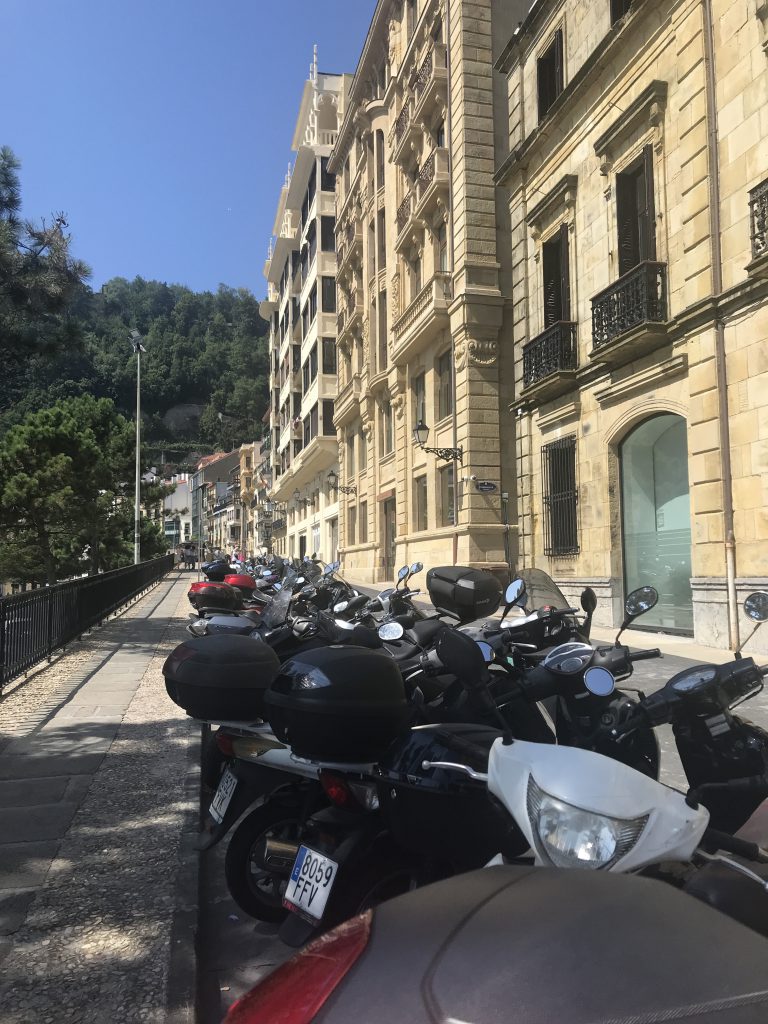
The first week in San Sebastian was unlike anything I had ever experienced before. I travelled overseas with other students who I had only ever briefly met online, and furthermore, I had never taken a Spanish class in my life. Saying yes to this trip was an enormous leap of faith for me. But as I talked to the other students, I realized many were in the same boat. Whether it was their first time abroad, learning Spanish, or meeting the rest of the group, it was comforting to know that I was not alone. Because of our ignorance of the city, the first few days we did almost everything as a group. I felt like we were a line of ducklings with no mother duck, all of us equally clueless and just following whoever happened to be in front. I could sense the locals watching us and immediately knowing we were tourists, no matter how hard we tried to fit in. (A group of eleven loud, English-speaking college students was pretty difficult to disguise). We went out to bars, to the beach, and to class in a big group. The days felt so long because the sun would set around 9:40PM, and also because we packed so many activities into each day that it felt like several days. Although it was certainly tiring, it was one of my favorite aspects about life in San Sebastian. After a few days we started to split into smaller groups and do different things, because, naturally, not everyone wanted to do the same things at the same times. We all became more confident in our ability to navigate the city. I went to restaurants, did some shopping, biked along the beach, and did other activities either in small groups or by myself. After Spanish class, plans were typically made on the spot, which was the total opposite of what I do at home. But I grew to love it, because I went into every day with no expectations and was always so appreciative of the outcome at the end of the day.
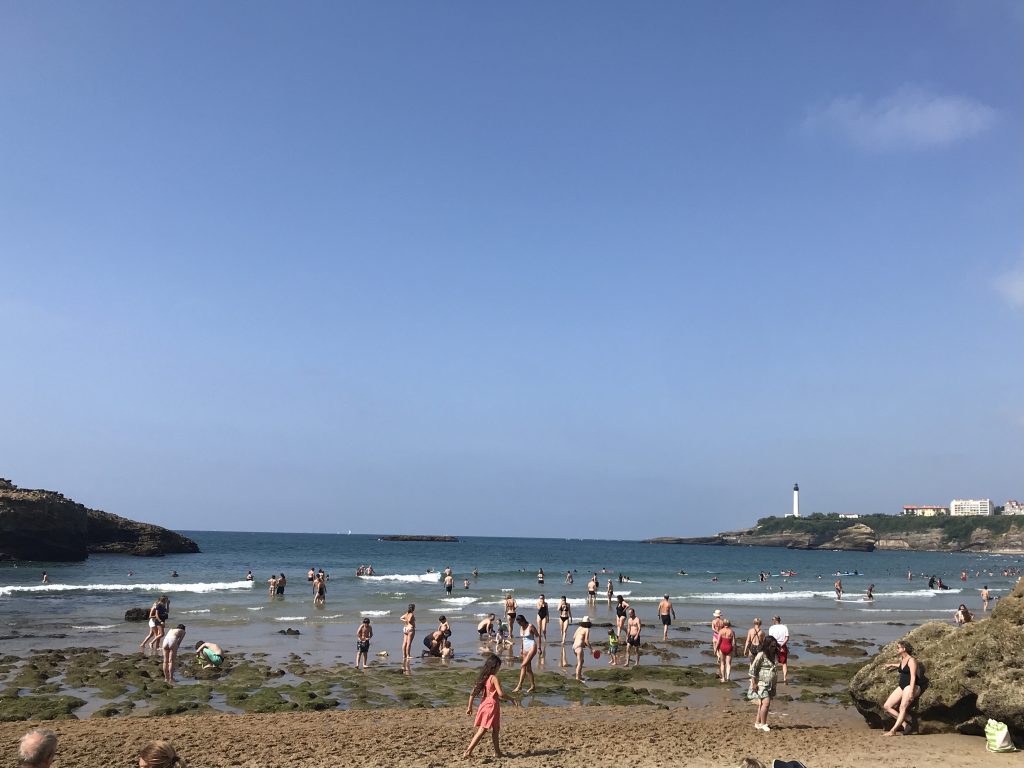
The second week commenced with a day trip to Biarritz, France. Although it was only an hour away, the culture shock hit just the same as arriving in Spain for the first time. None of us spoke French and the vibe from the locals there felt very different than in Spain. We explored the downtown area where there were cute shops and cafés, and then went to the Rocher de la Vierge, which is a beautiful rock in the Bay of Biscay with a statue of the Virgin Mary at the top. It was such a calming spot where I felt surrounded by the ocean. After, we went to a café and got croissants, which was on everyone’s bucket list because we were in France. They were delicious, as expected. We then spent a few hours at the beach, which had picturesque views. We had a great time in Biarritz, but the group consensus was that we were relieved to come back to San Sebastian, which strangely now felt like home after only one week.
The rest of the second week was filled with more tasty food, gorgeous views, and fun adventures. At this point I was becoming more confident in my Spanish, even though I only ever needed it to order at bars. Nonetheless, I took advantage of this newfound courage to continue exploring on my own from time to time. It was very peaceful to be out by myself and just reflect on my time thus far, and it made group outings feel that much more special.
At the end of the second week, five of us took a long bus ride to Madrid. It was such a fun trip, and it was so interesting to compare with San Sebastian. People were out at all hours, and it was a much busier city with far more tourists than in San Sebastian. I wish we could have stayed a few more days, although I was more than happy to return to San Sebastian. (Check out Lisaidy’s post to hear more about Madrid!)
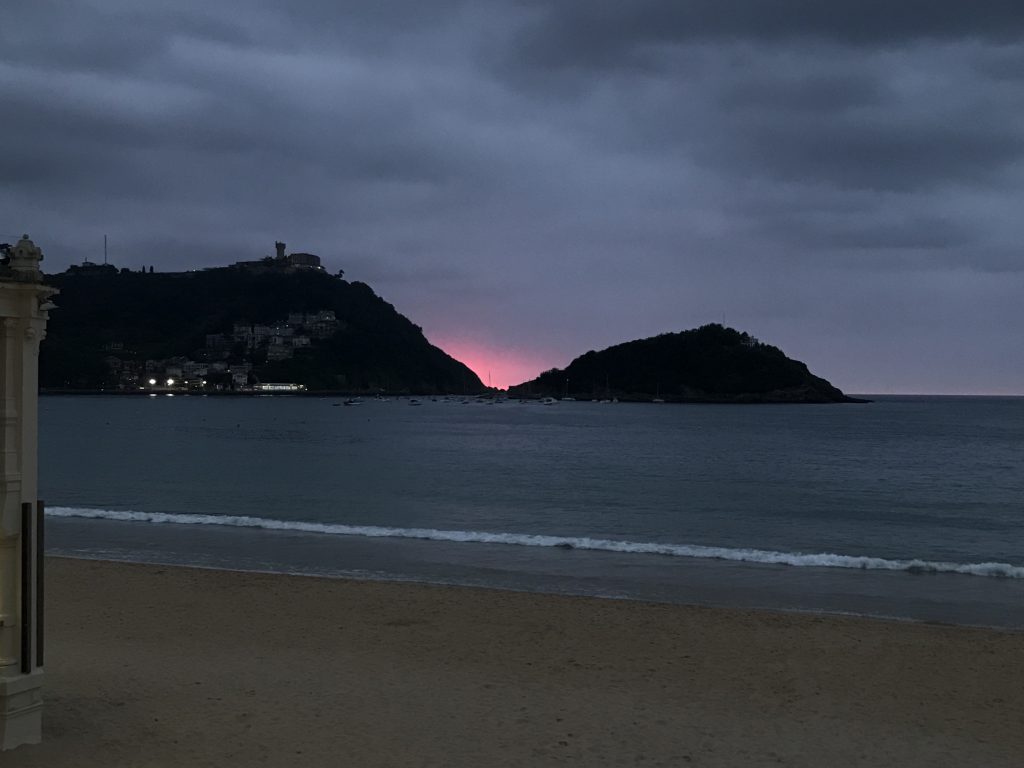
Throughout the third week, I did my best to live in the moment, but occasionally I couldn’t help but think about how we didn’t have much time left before returning to the U.S. I missed my family and friends but felt as though I hadn’t thoroughly experienced everything that San Sebastian had to offer. Yet if you asked me what specifically I felt like I never got to do, I wouldn’t be able to tell you. I always felt like there were new things to try, new places to go, and things to see, and that I had barely scratched the surface in my three weeks there.
With all that being said, I loved my time in San Sebastian and I wouldn’t change a thing. I felt like I took advantage of the little time I had there by filling every day with something new. I am extremely grateful for the new experiences, friends, and memories that I made, and San Sebastian will always hold a special place in my heart.
